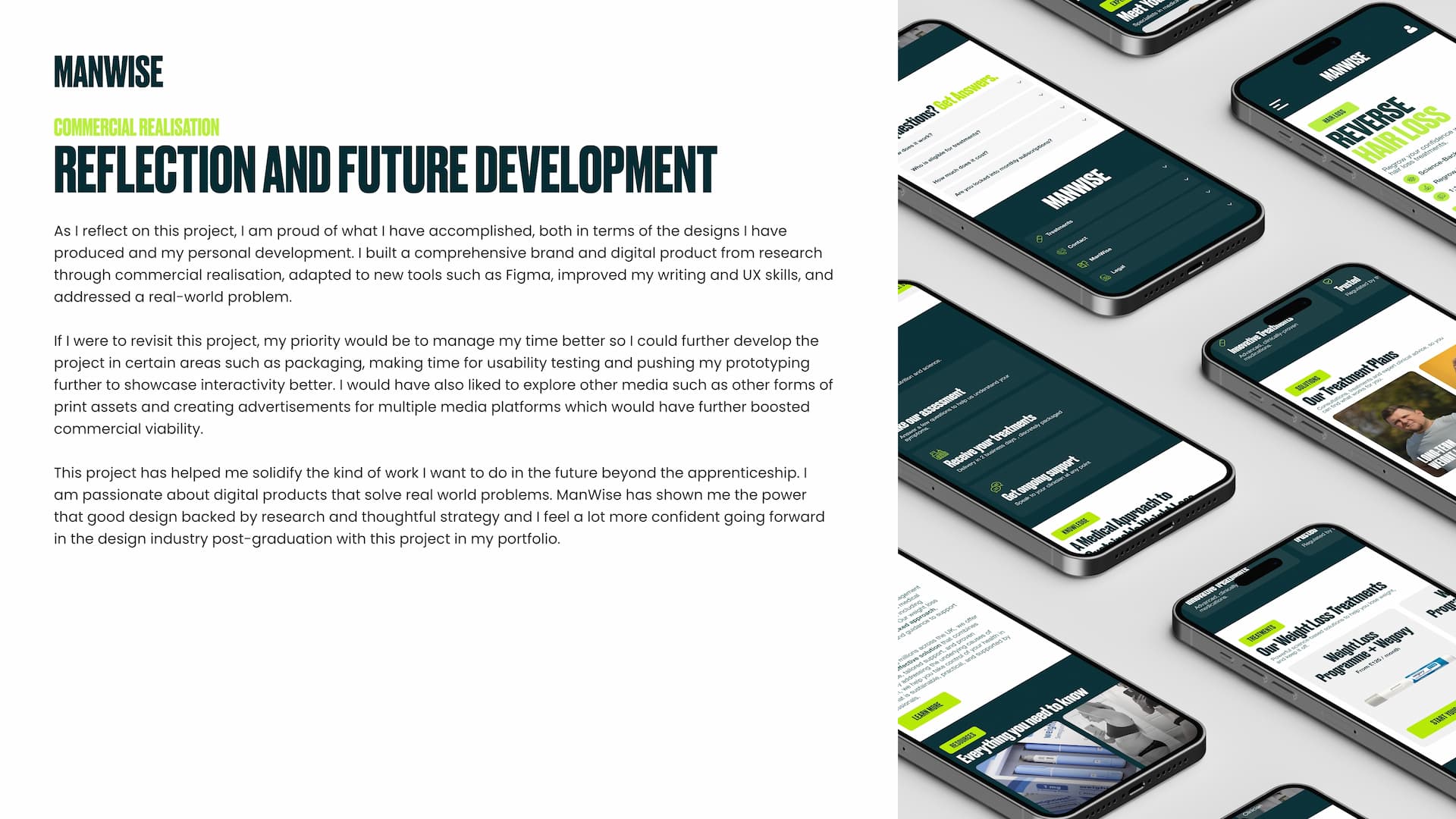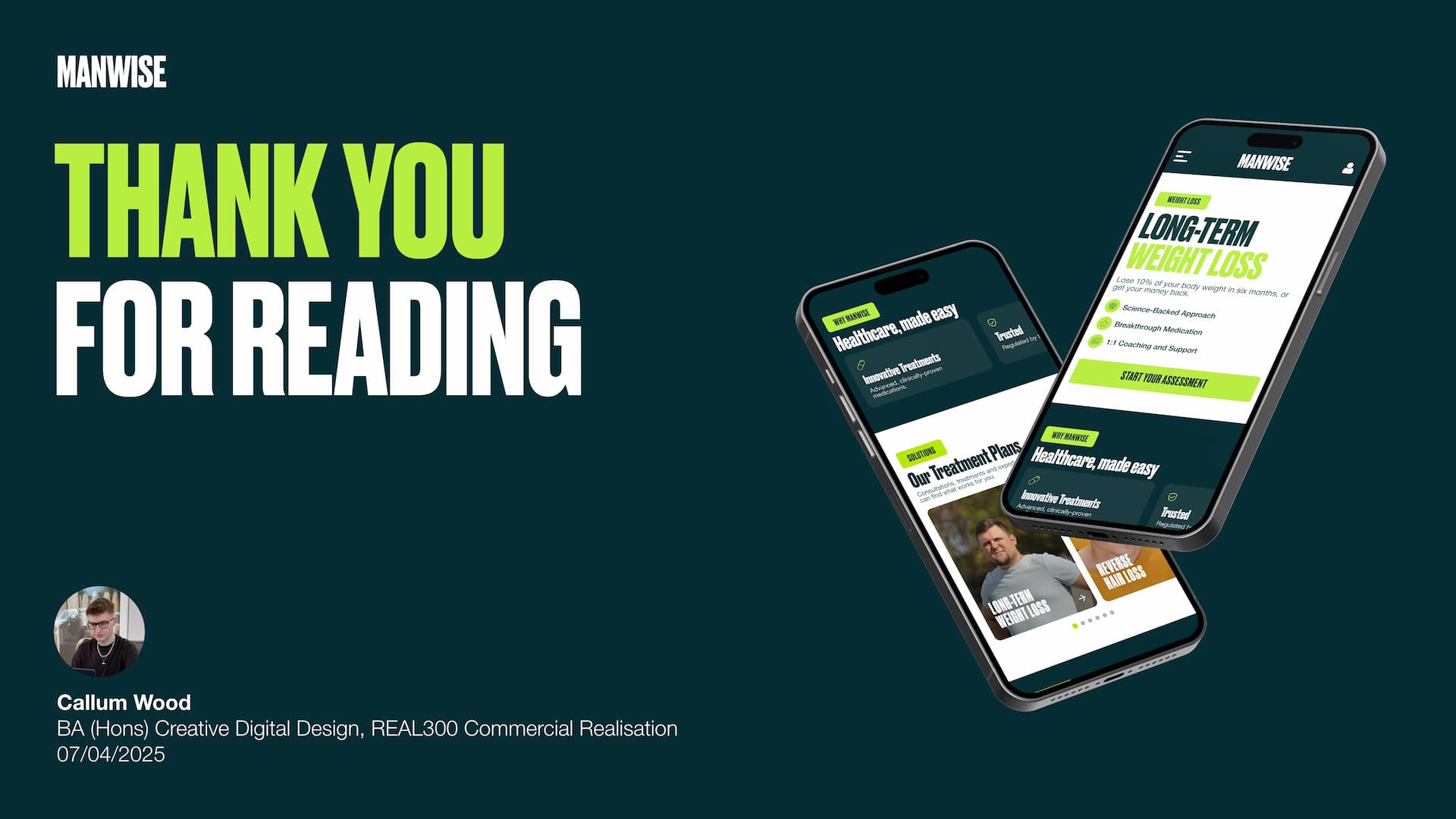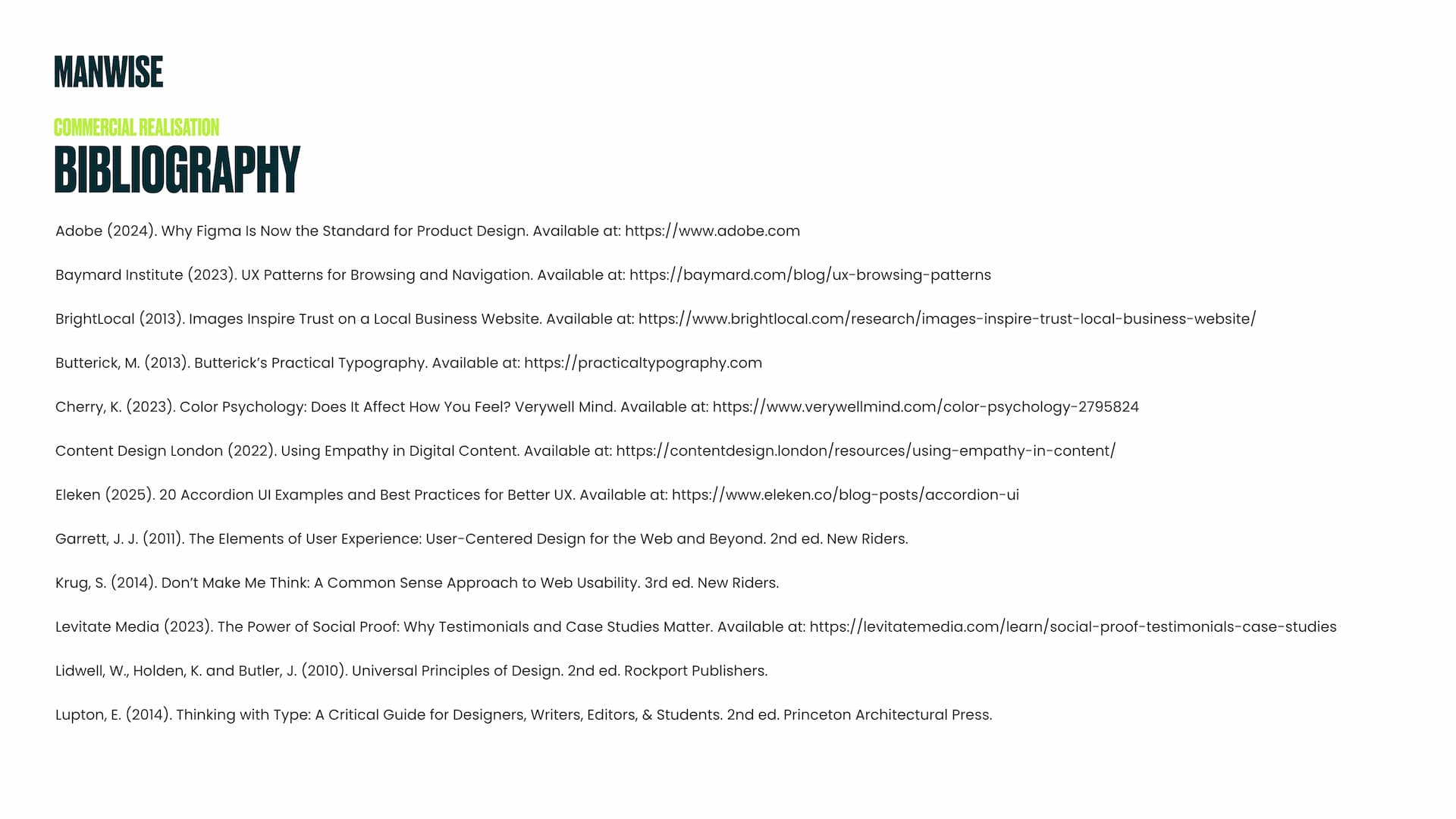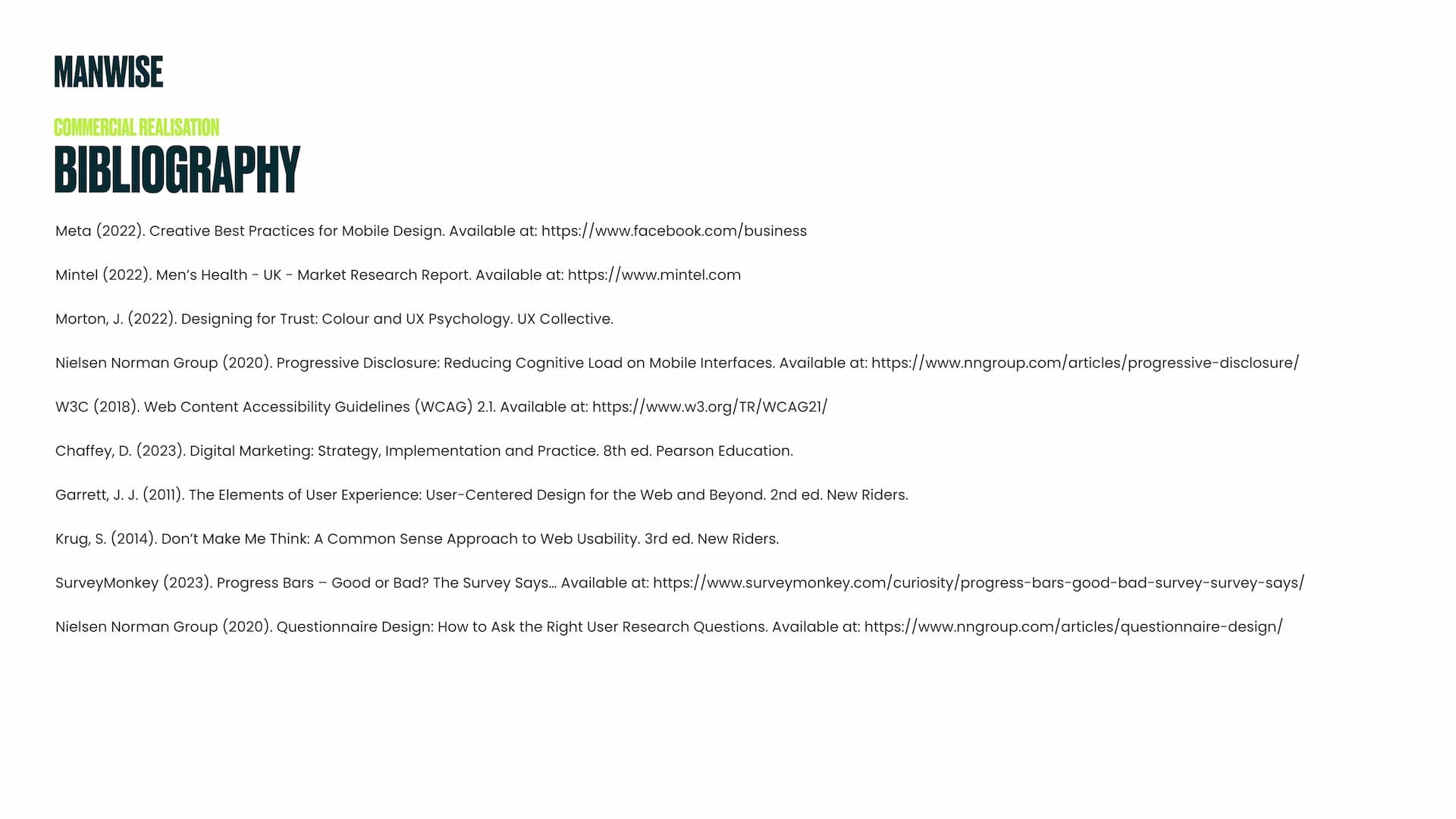MANWISE
BRANDING & UI/UX

INTRODUCTION.

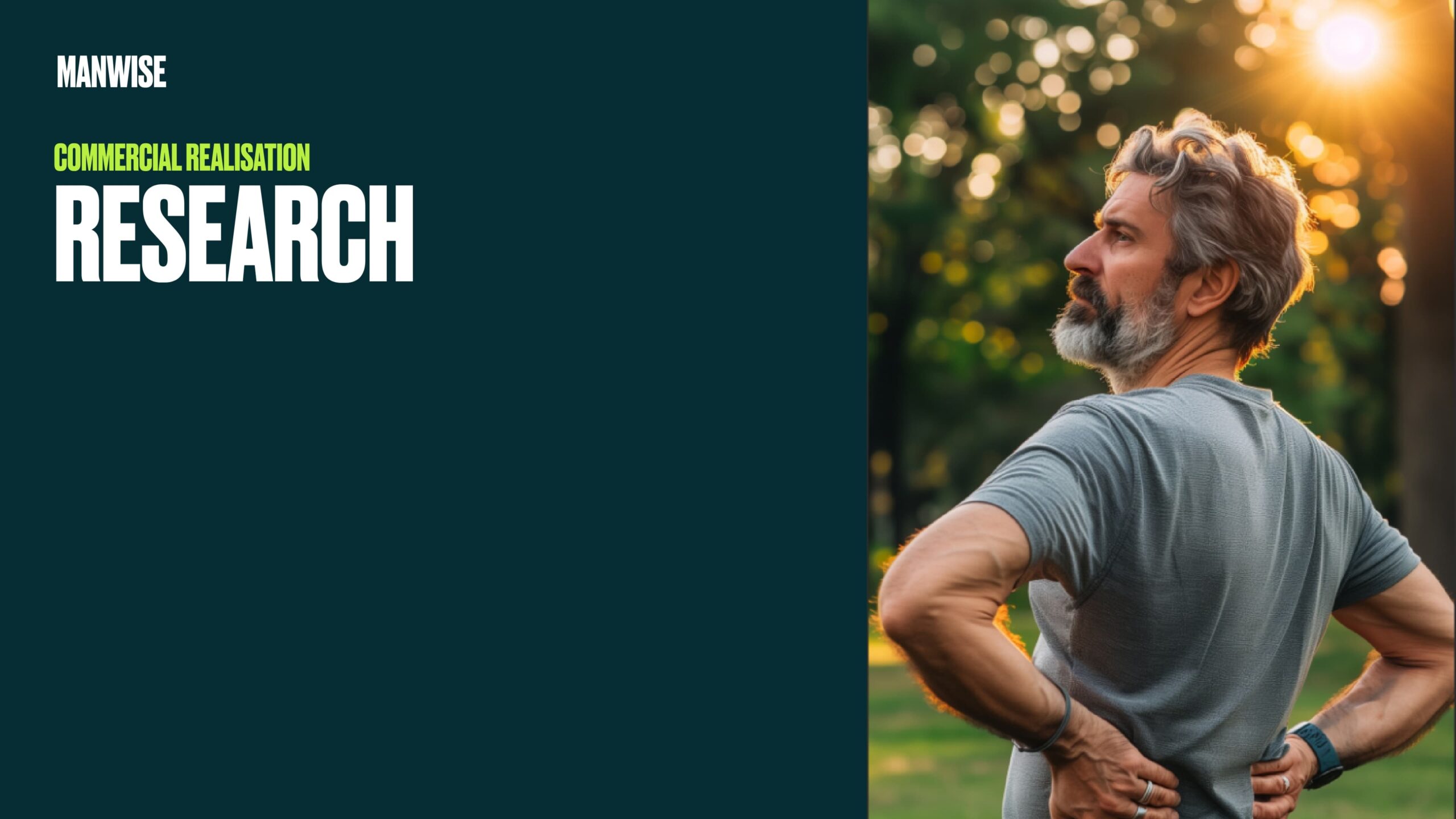
RESEARCH & SURVEY.
- K8 – Used primary research methods like surveys to gather user insights.
- S12 – Analysed user data to inform platform development.
- B5 – Took ownership by reaching out to target audiences independently.

SWOT ANALYSIS.
- K2 – Assessed commercial and technical strengths and weaknesses.
- K6 – Identified potential opportunities and risks in the competitive health tech market.
- S8 – Used business thinking to assess platform viability and scalability.
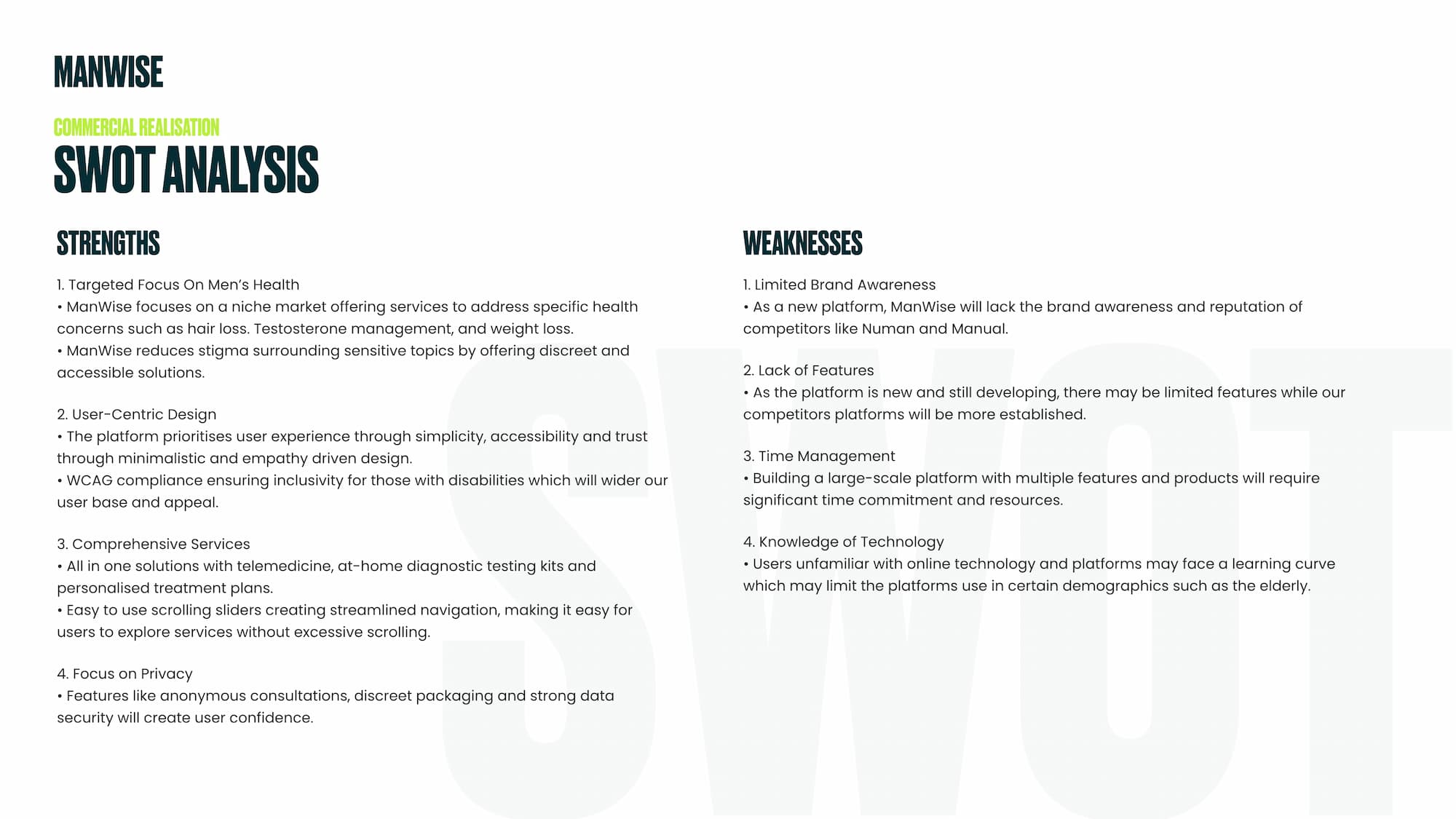
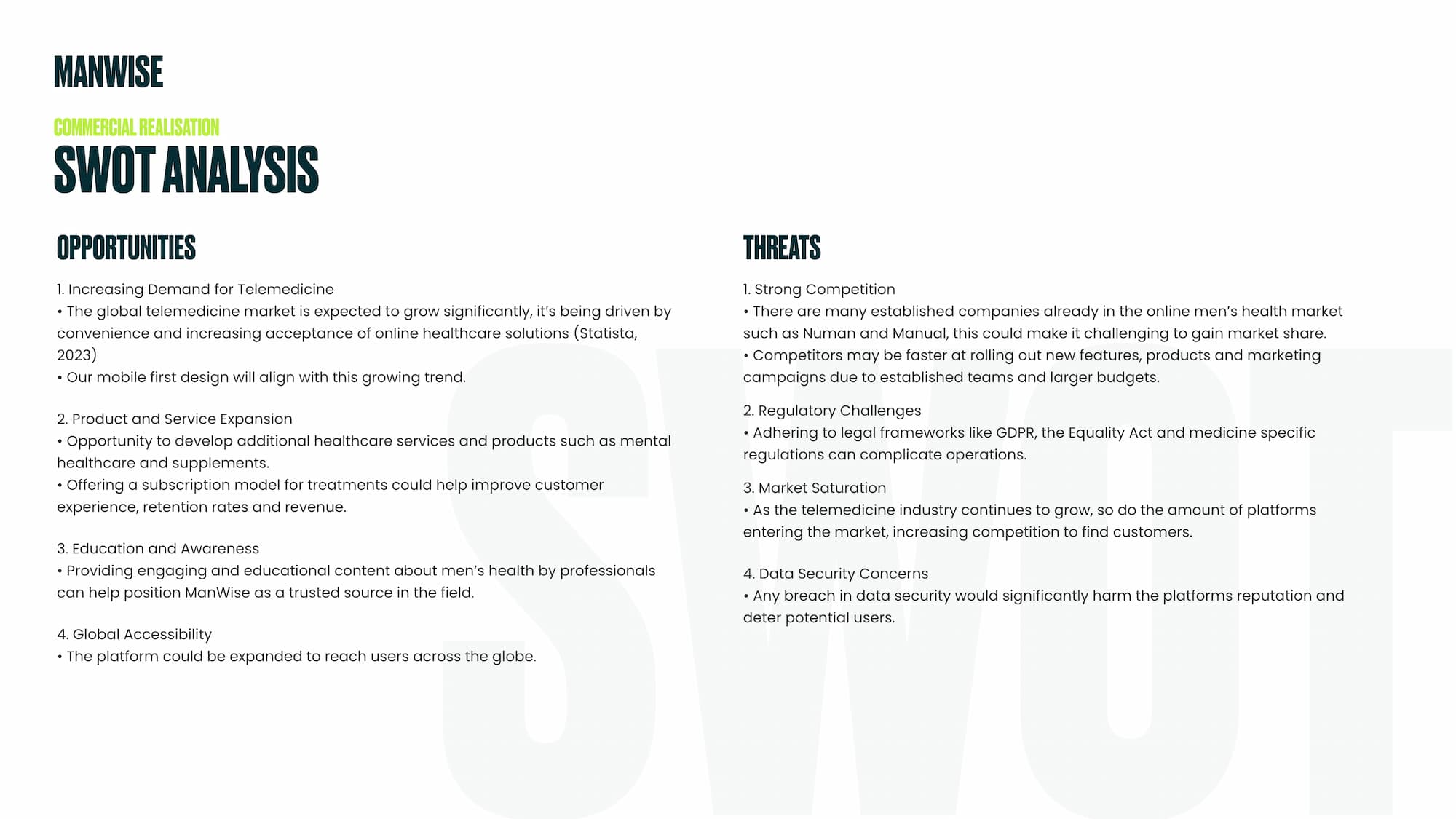
USER PERSONAS.
- K9 – Applied UI/UX knowledge to respond to user needs.
- S11 – Used personas to inform design decisions like privacy and usability.
- B2 – Worked independently and iteratively to refine solutions.
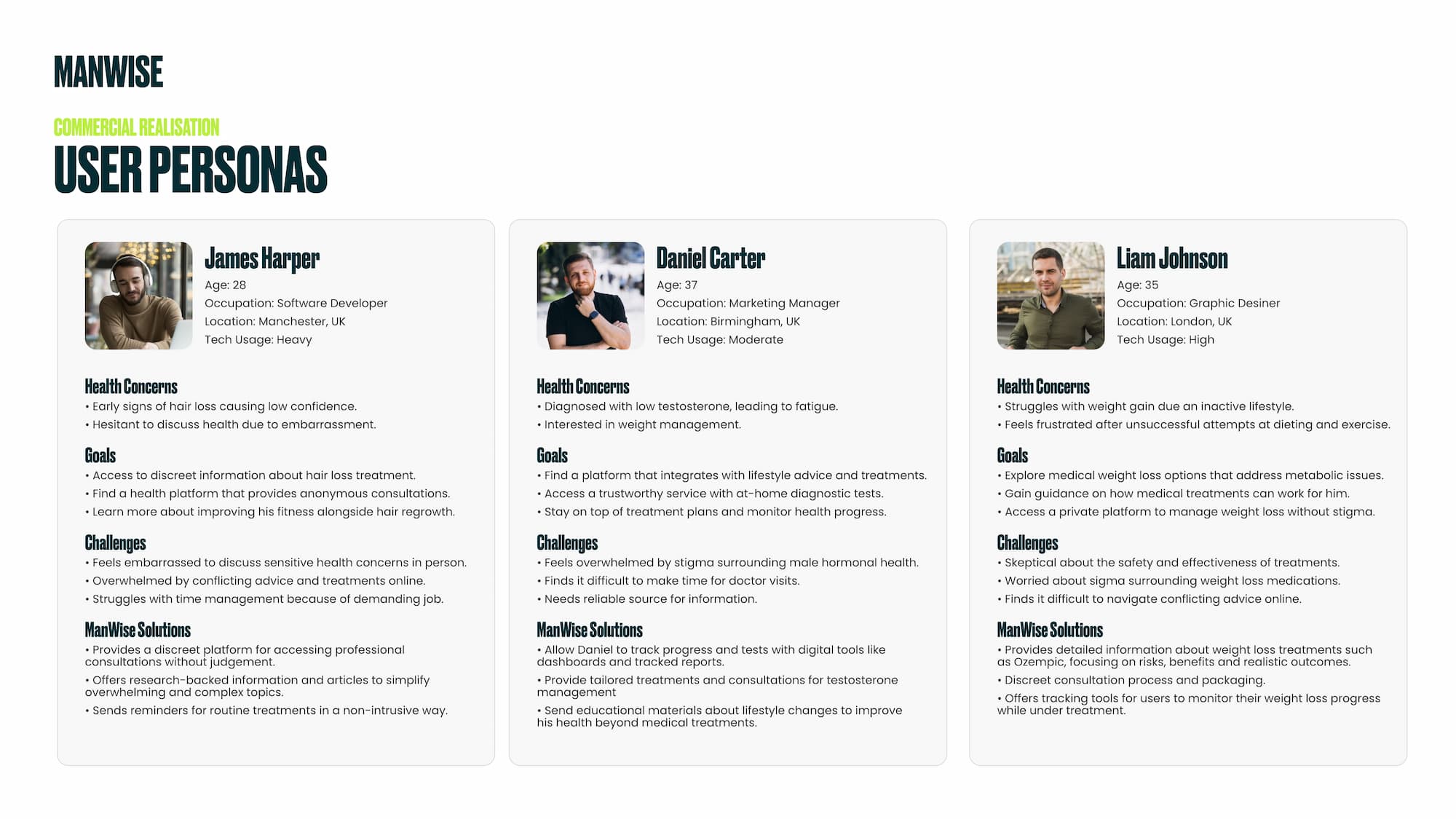
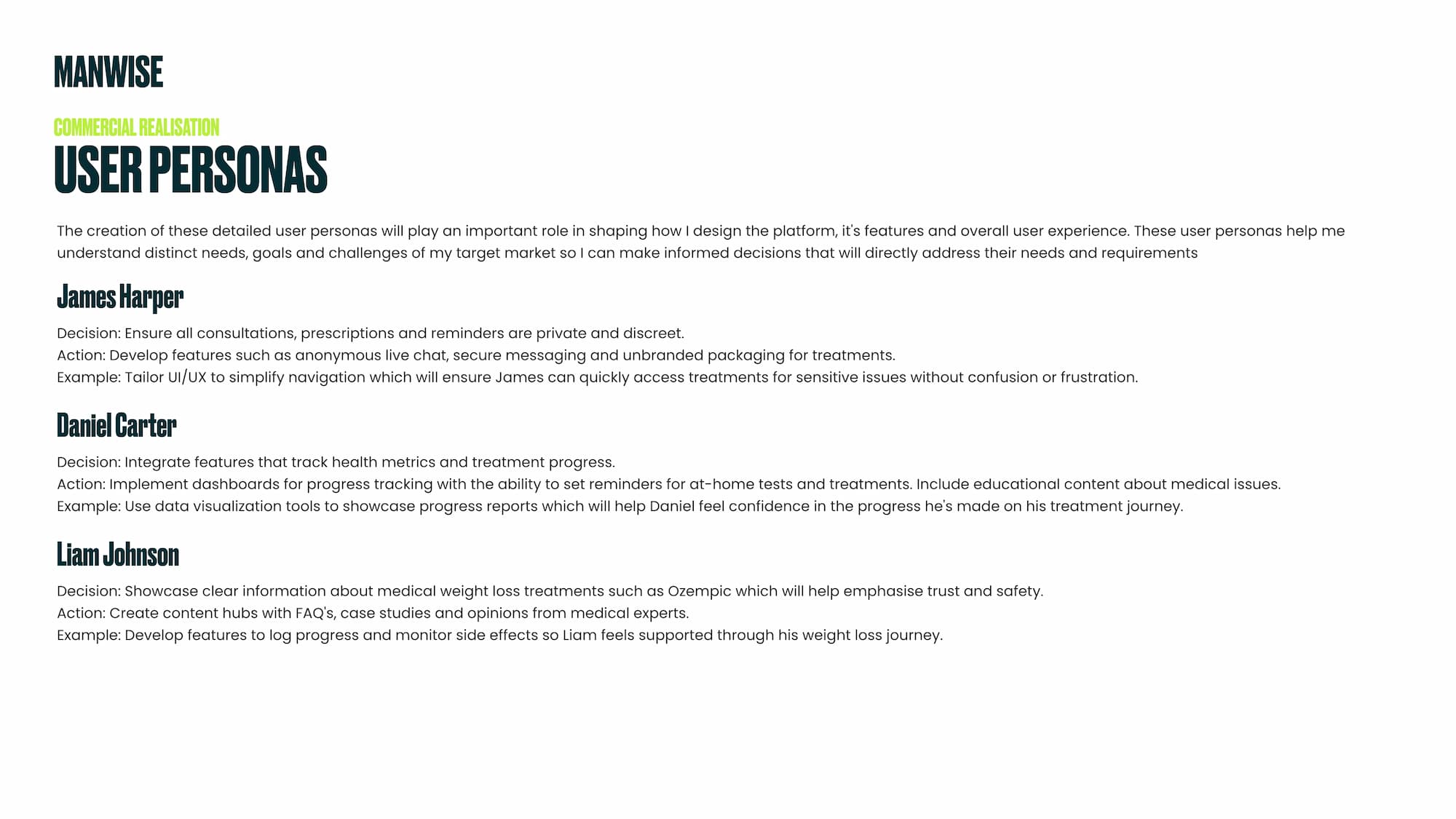
EMPATHY MAP.
- K11 – Demonstrated user-centric design by understanding user emotions and behaviours.
- S13 – Employed empathy mapping to support accessibility and inclusion.
- B3 – Showed consideration for others by recognising stigma and emotional barriers.
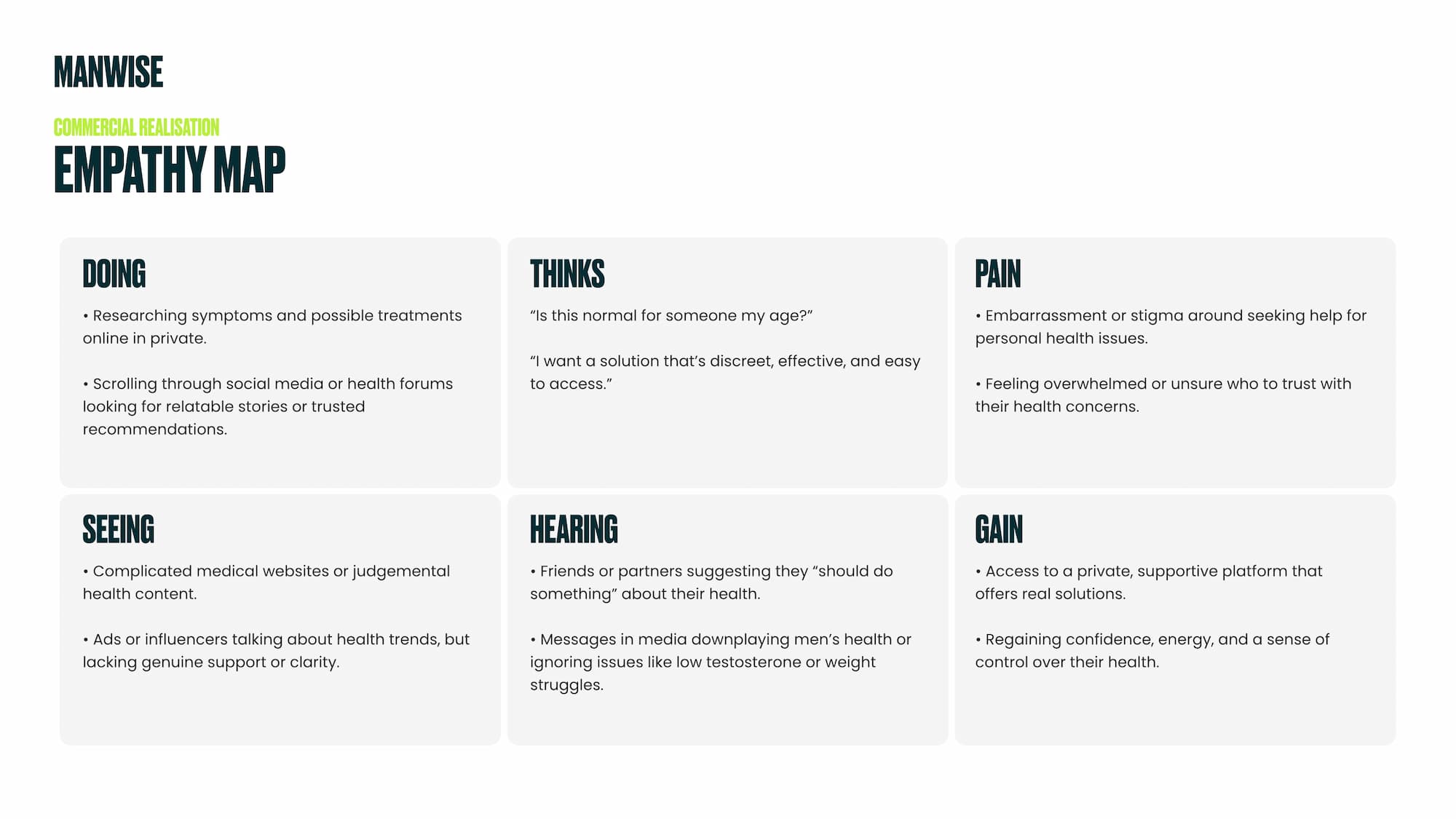
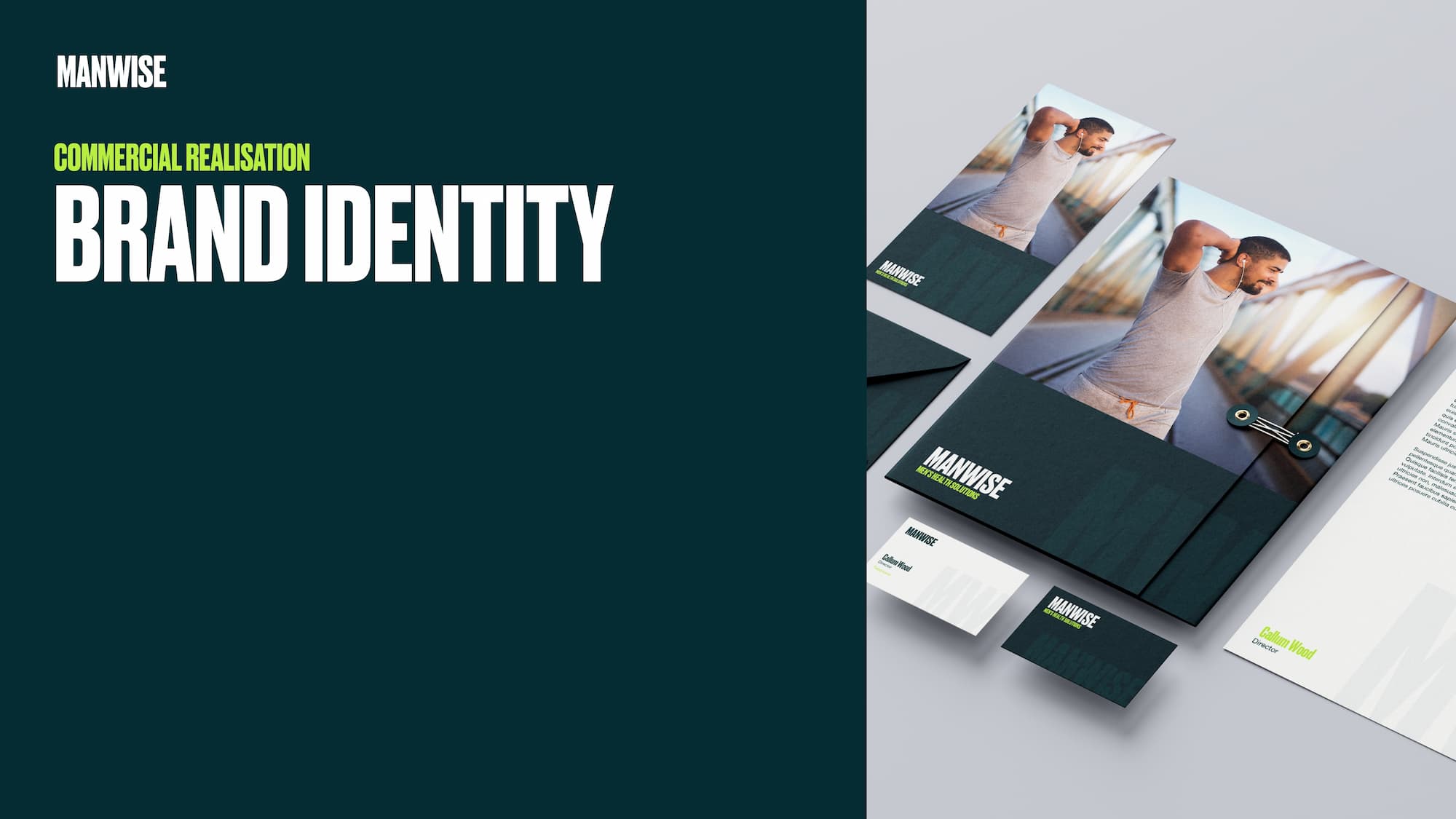
COLOUR PALETTE.
- K4 – Used colour theory to reinforce brand tone and accessibility.
- S2 – Created visual assets with appropriate contrast and readability.
- B4 – Maintained attention to detail when developing brand consistency.
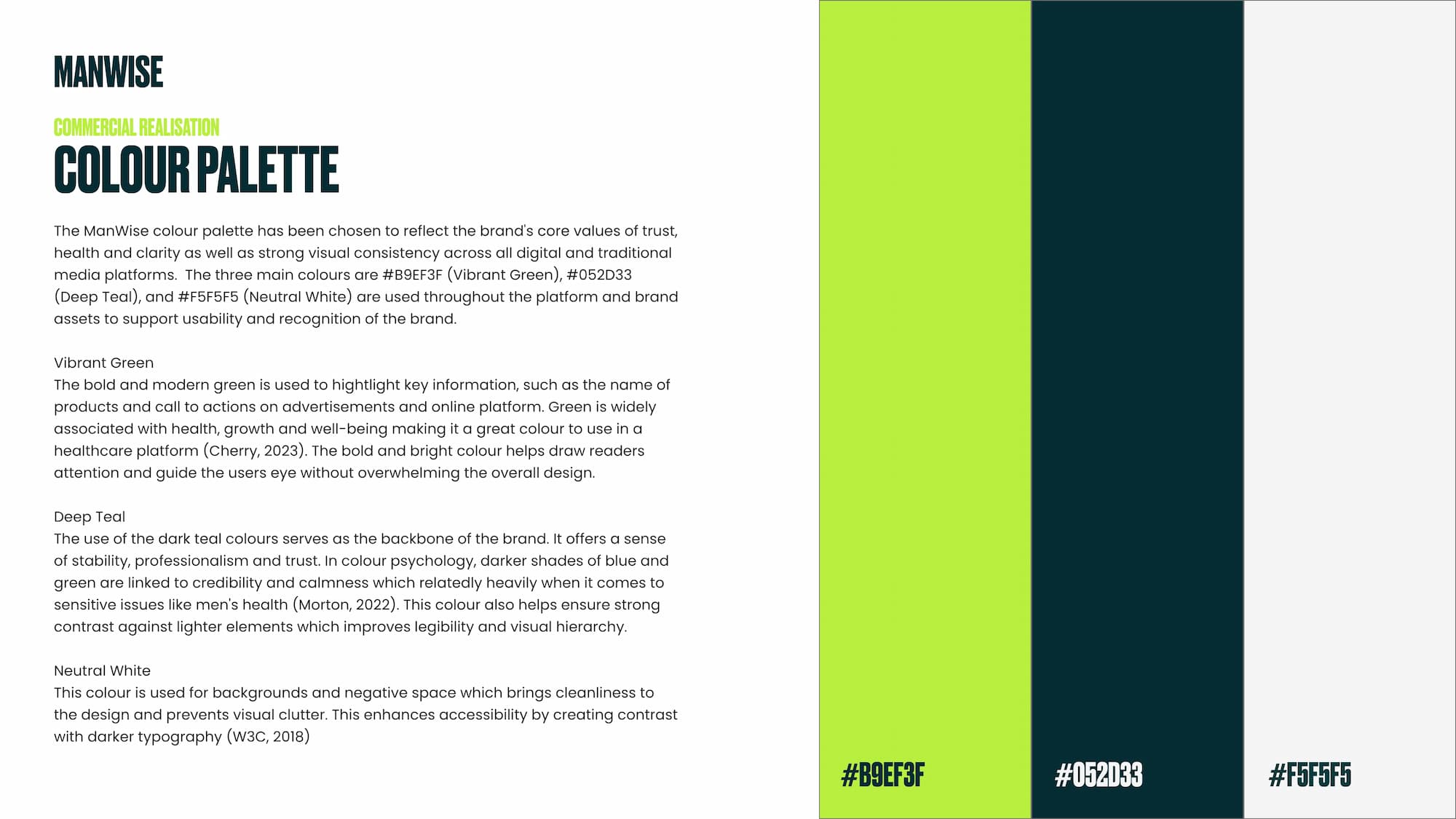
TYPOGRAPHY.
- K4 – Selected typefaces based on clarity, accessibility and platform needs.
- K10 – Considered how typography affects digital user experiences.
- S2 – Created a strong visual hierarchy that improves readability.
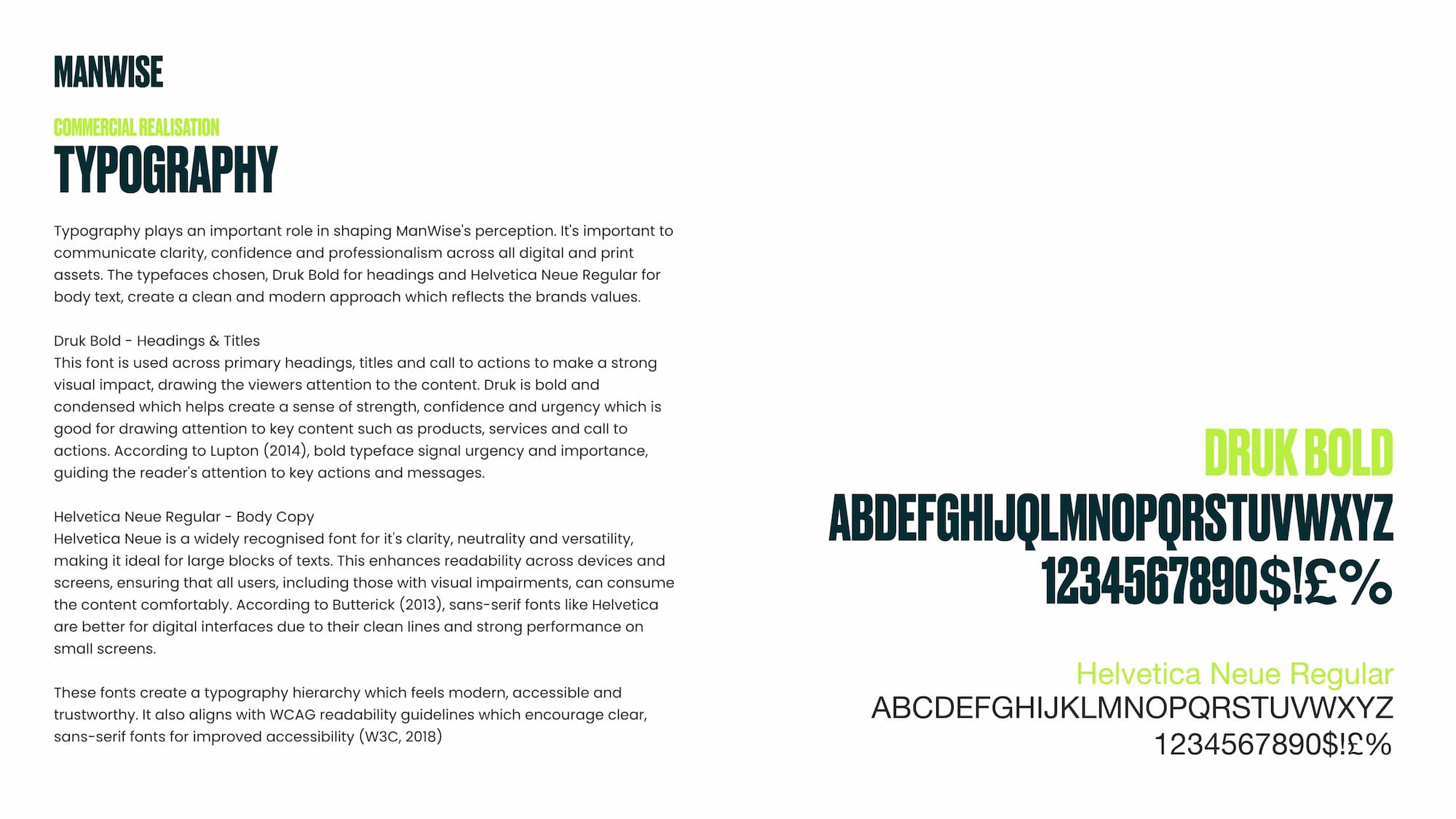
STATIONERY.
- K15 – Created cohesive branding assets for traditional print formats.
- S4 – Produced professional, print-ready designs using industry-standard tools.
- B2 – Demonstrated a strong work ethic by producing high-quality supporting materials.
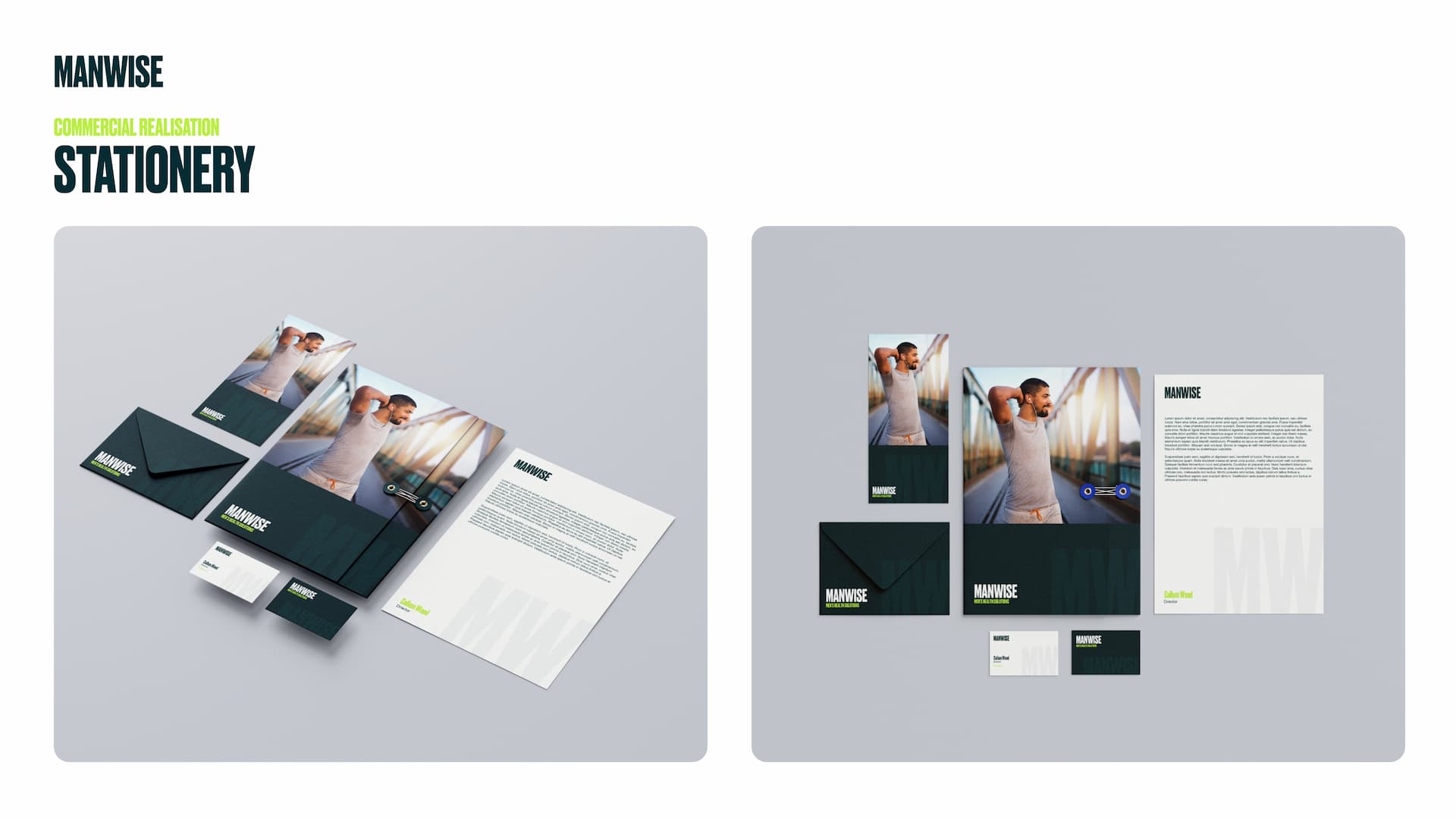
TRADITIONAL MEDIA.
- K14 – Understood the value of traditional media in targeting specific demographics.
- S4 – Adapted designs for offline promotional use.
- B1 – Took initiative to consider both digital and traditional channels.
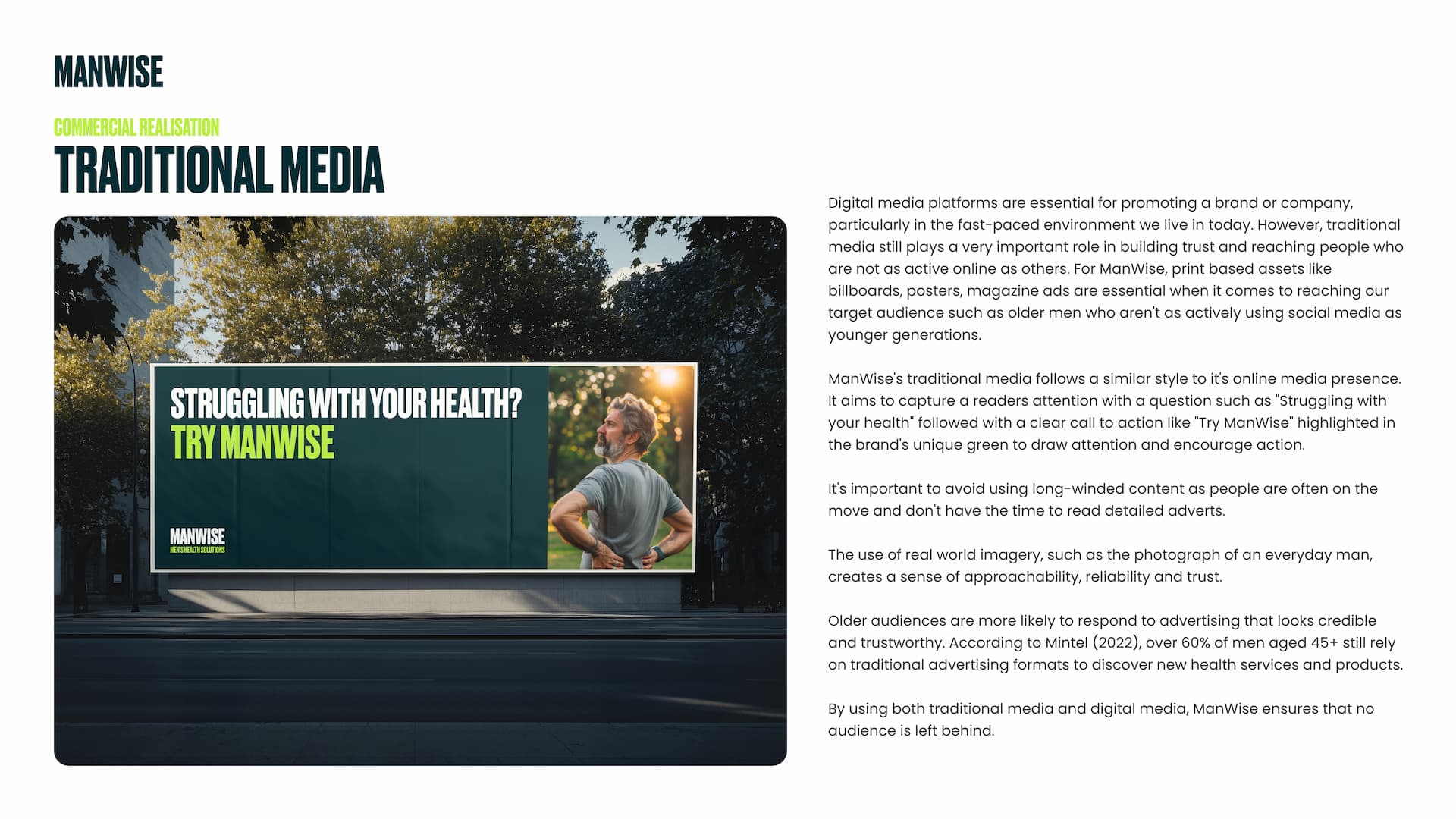
SOCIAL MEDIA ADS.
- K14 – Designed with understanding of current digital advertising strategies.
- S4 – Created scroll-stopping visuals optimised for digital engagement.
- B1 – Showed curiosity in applying social behaviour research to design.
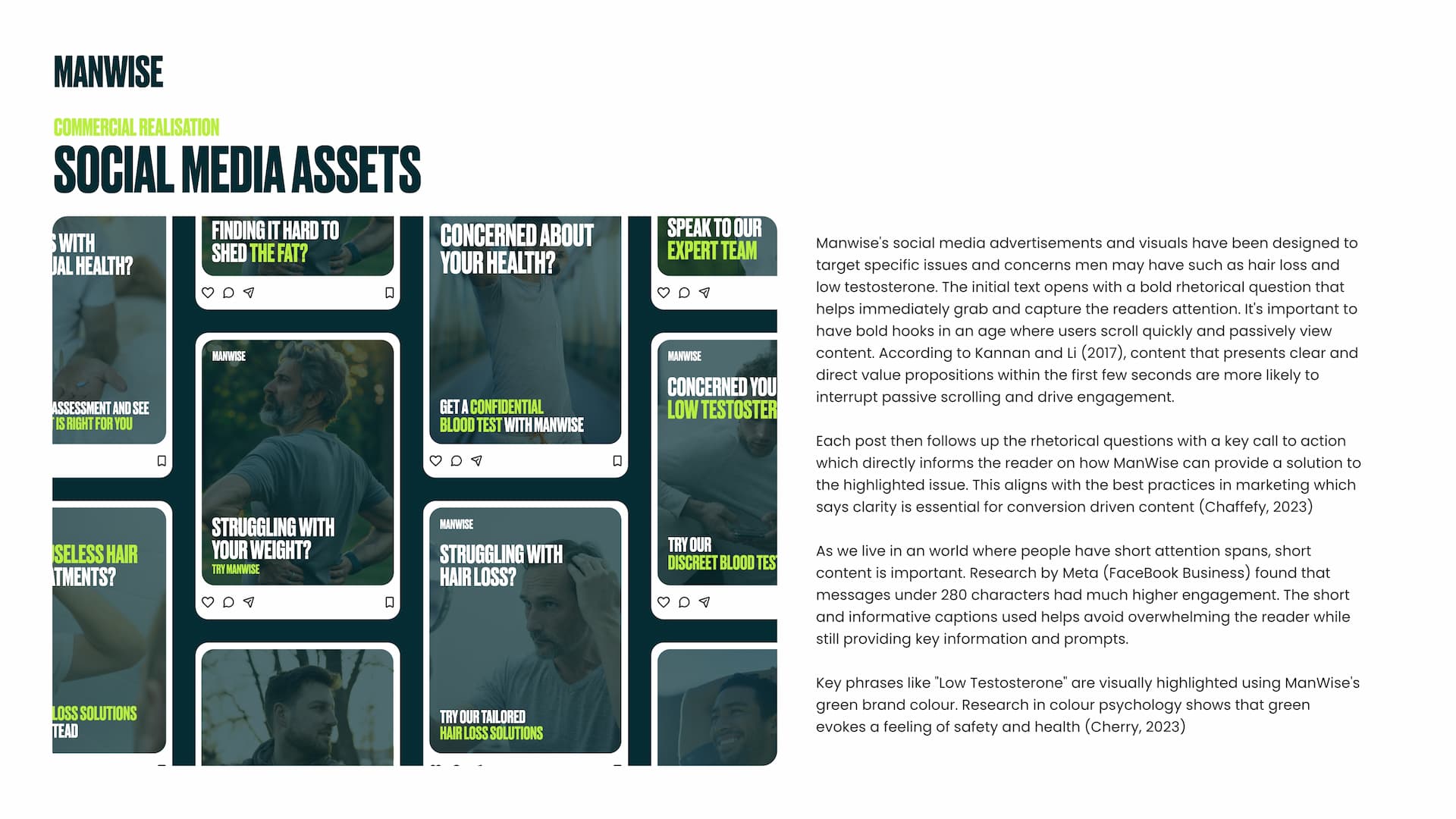
WIREFRAMES.
- K9 – Demonstrated understanding of layout and navigation design principles.
- S9 – Created wireframes to explore design interactions and content structure.
- S13 – Ensured accessibility by focusing on usability early in the design phase.
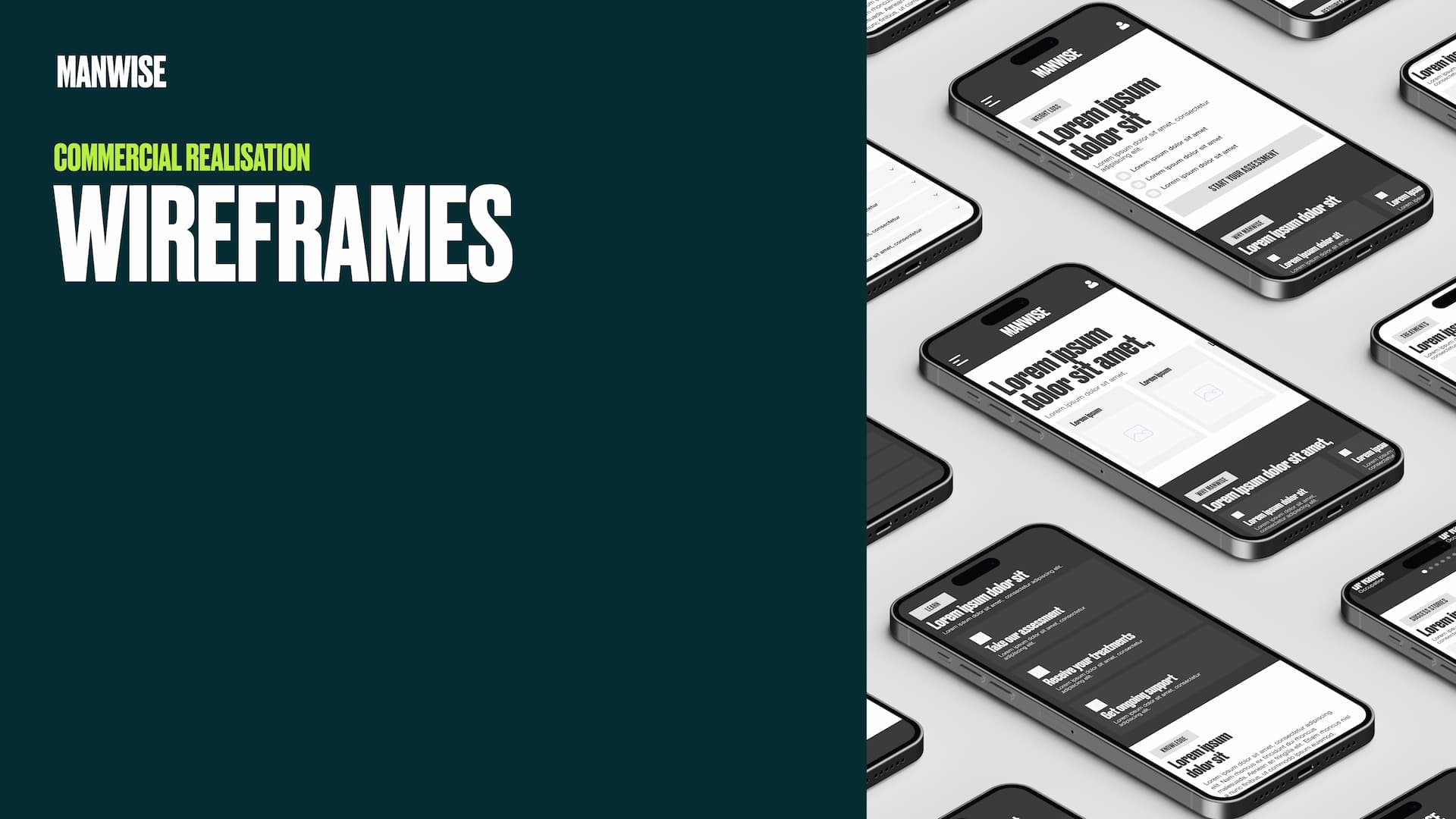
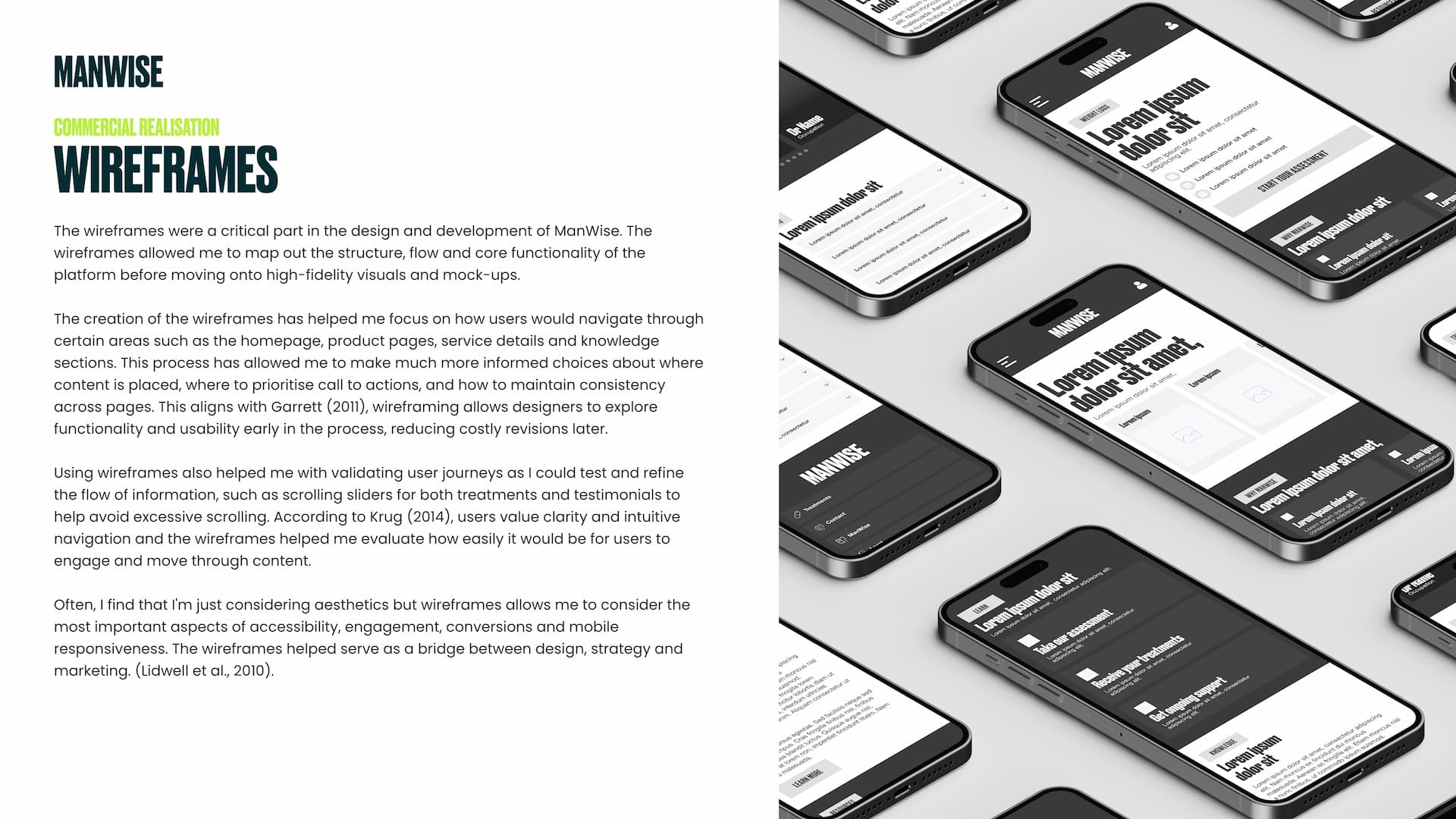
FINAL MOCKUPS & PRODUCT PAGES.
- S1 – Delivered visually engaging and user-friendly final interface designs.
- K10 – Applied responsive design thinking for desktop and mobile experiences.
- B5 – Maintained a high standard of polish and consistency across designs.

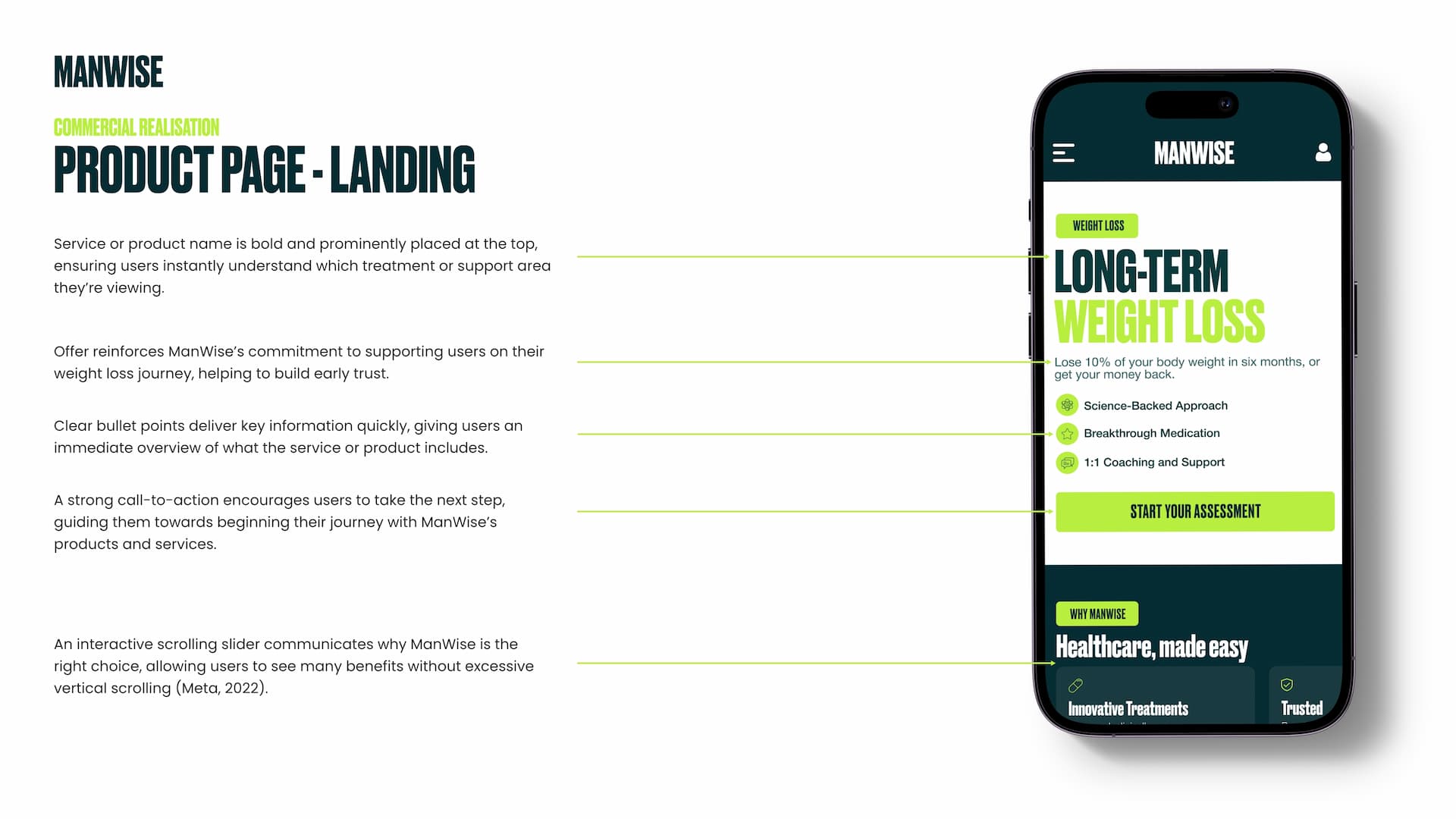
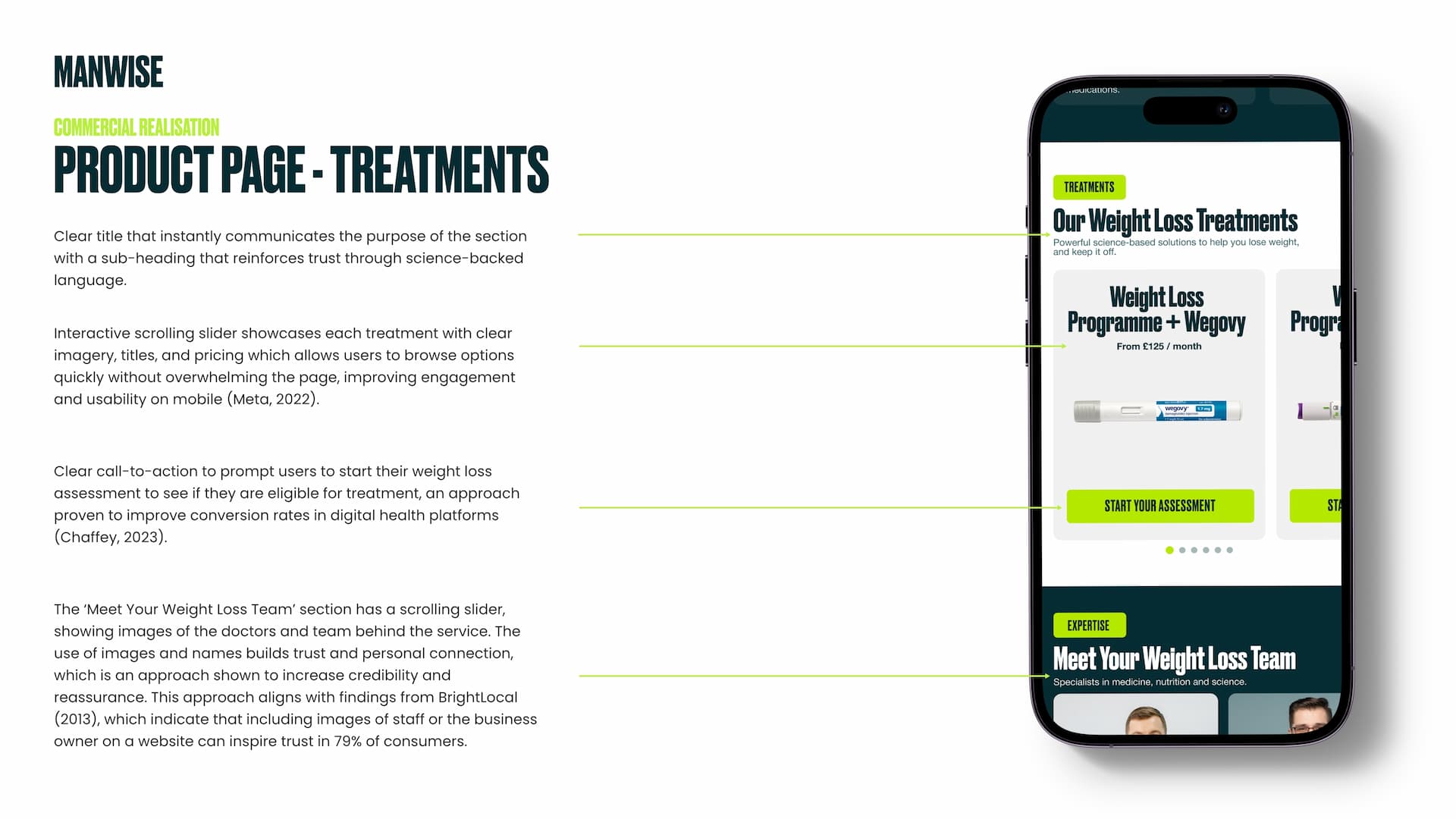
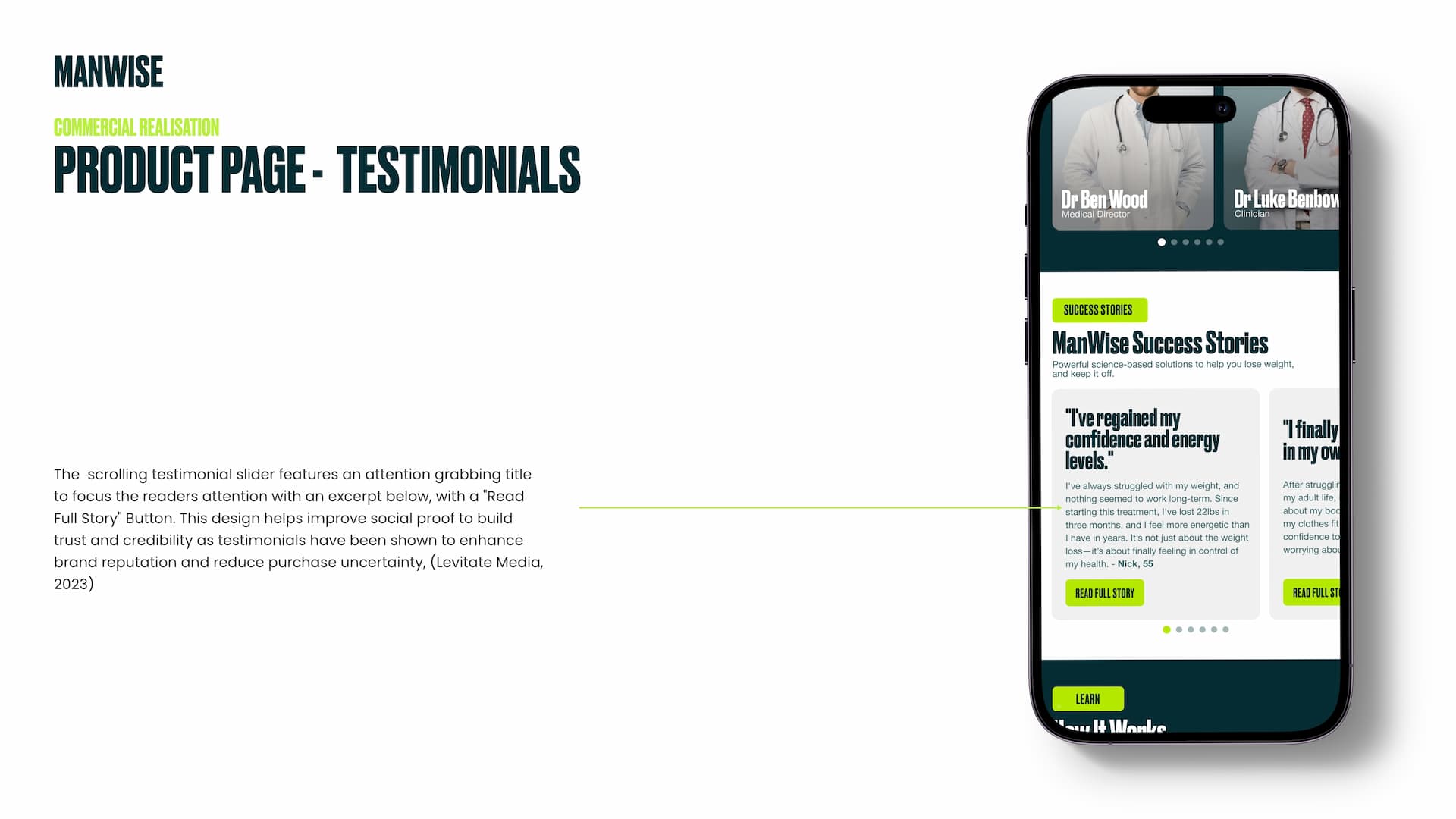
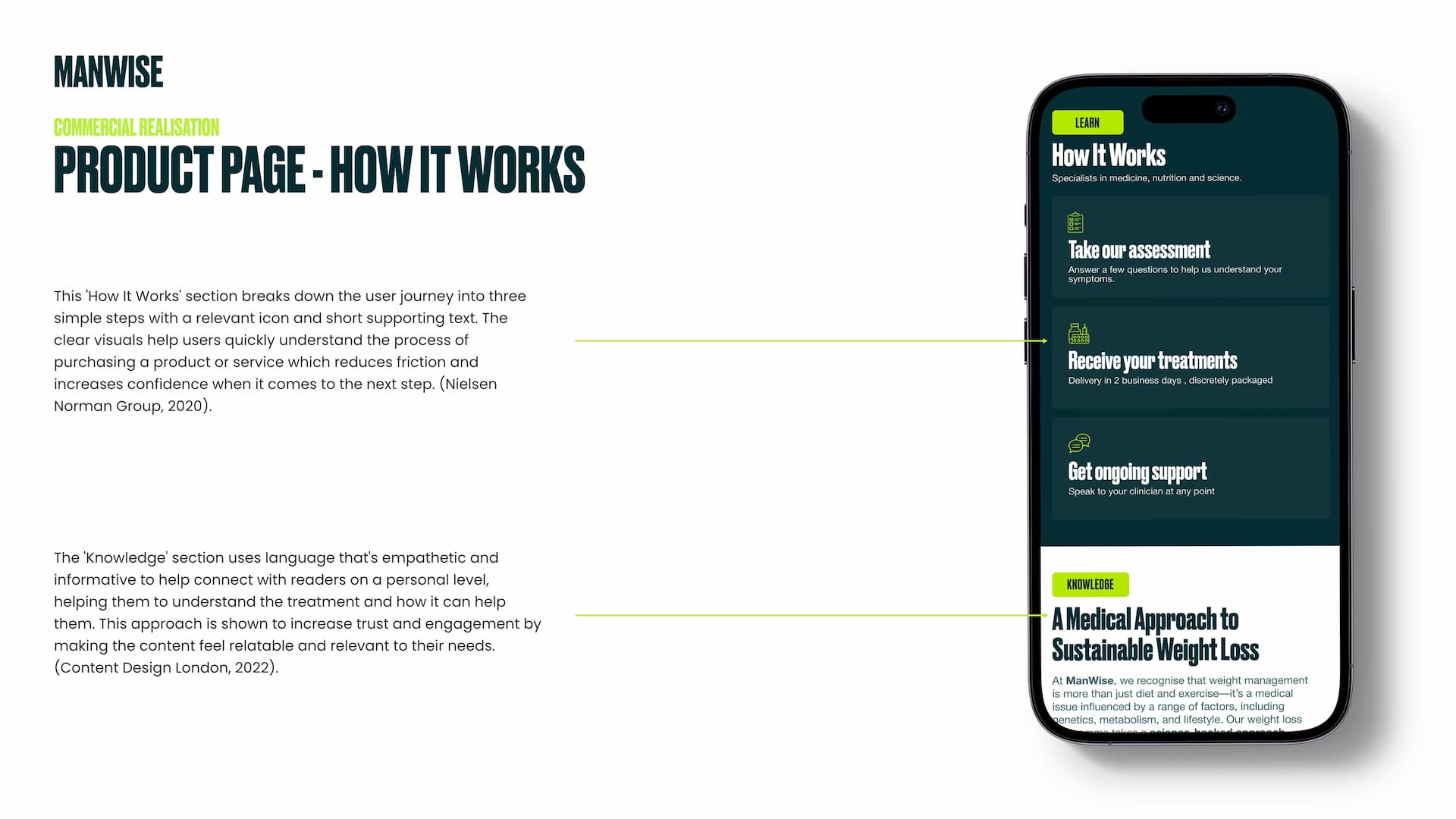
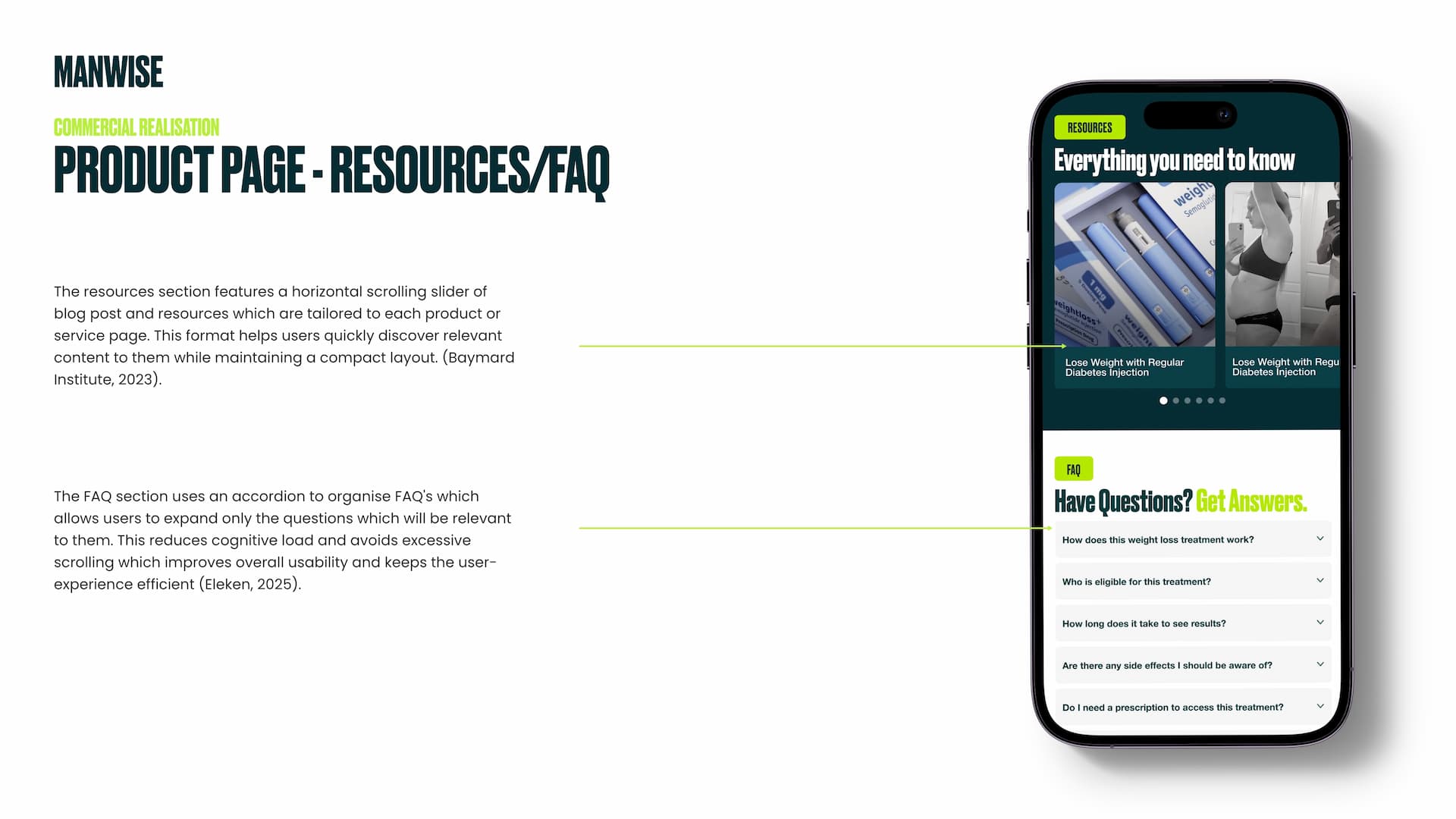
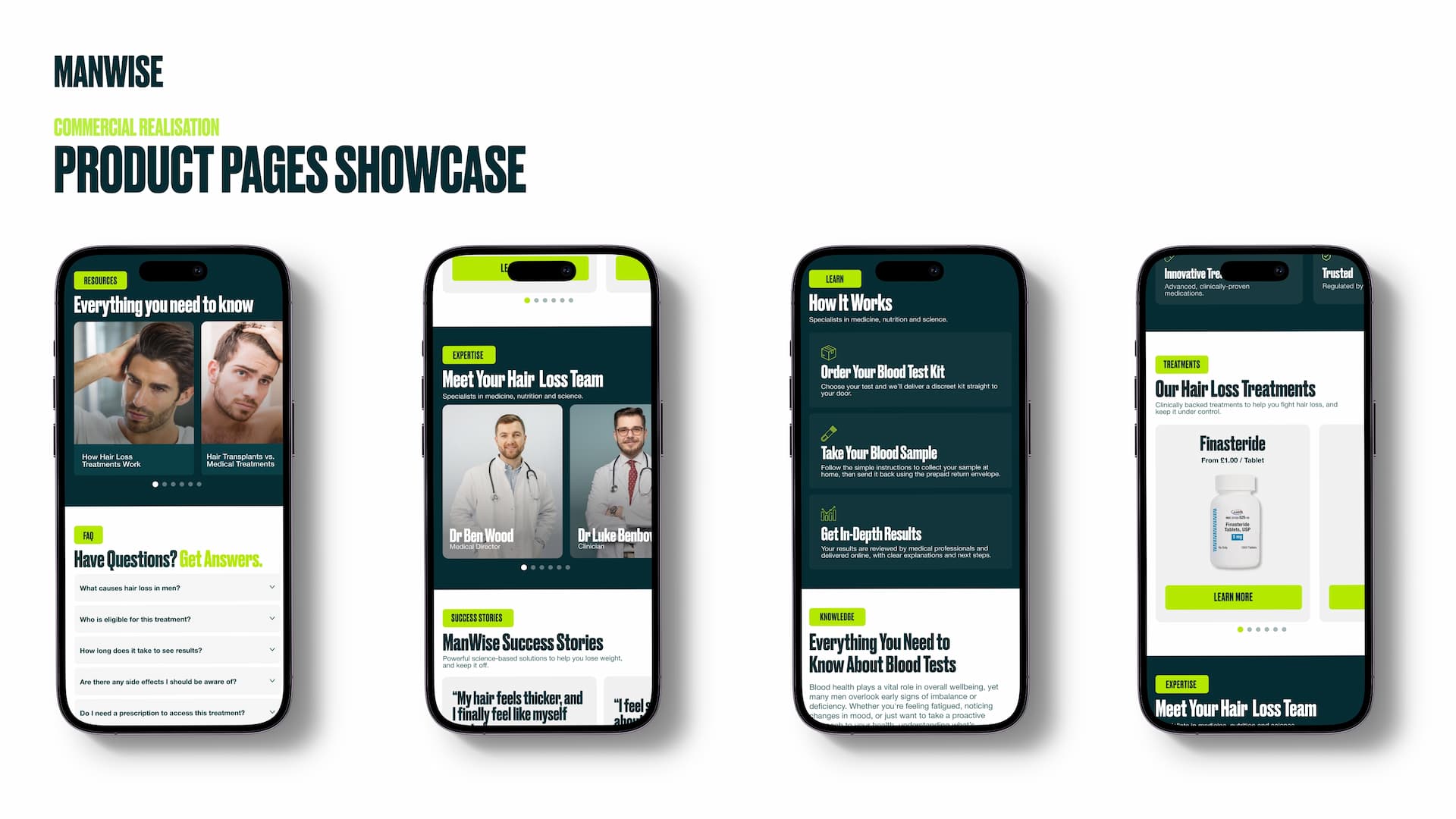
ASSESSMENT QUESTIONAIRE .
- K13 – Designed with an understanding of digital form design and interaction.
- S6 – Created usable, accessible forms with a clear user flow.
- B3 – Considered user needs by including progress tracking and back buttons.
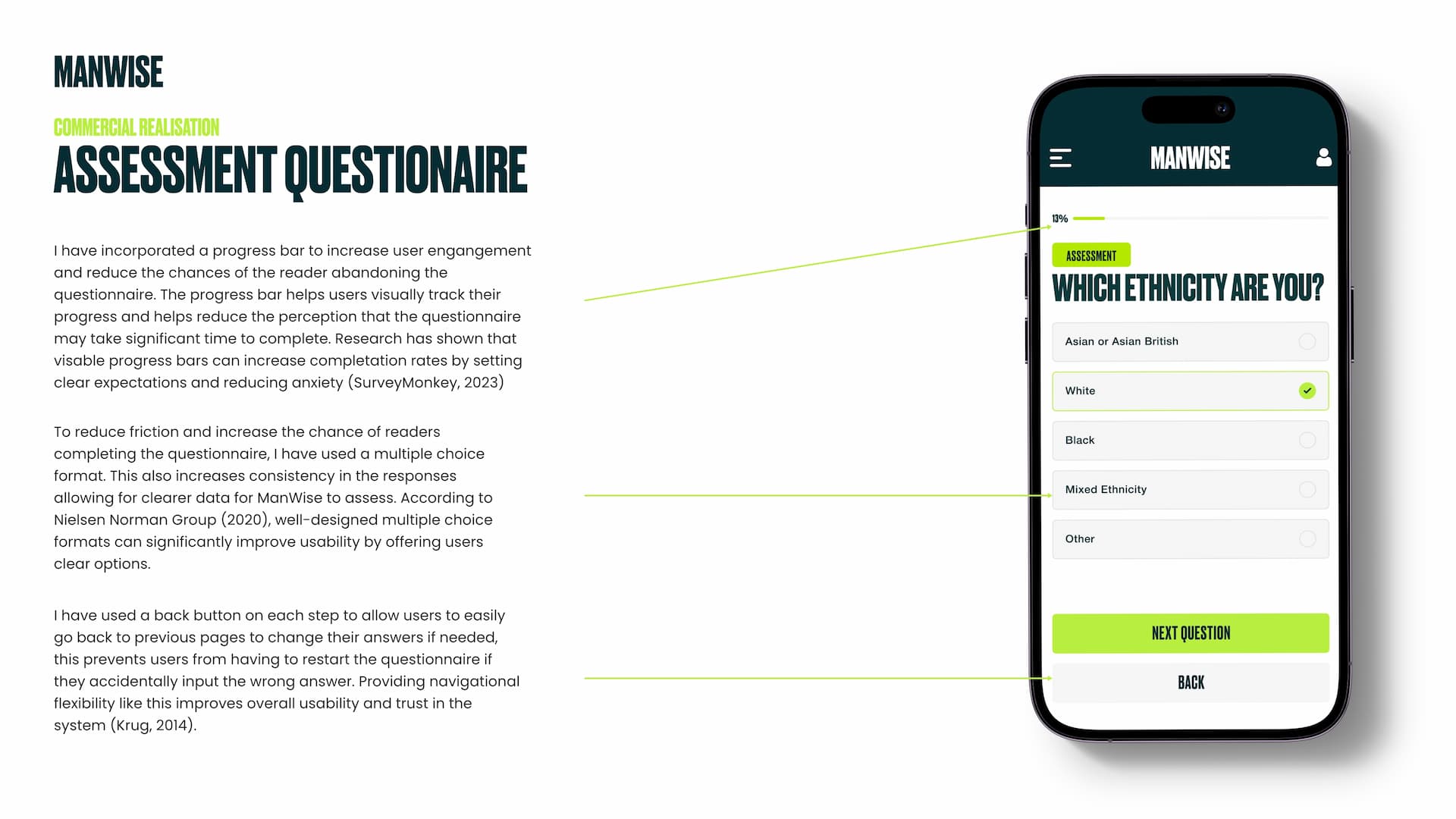
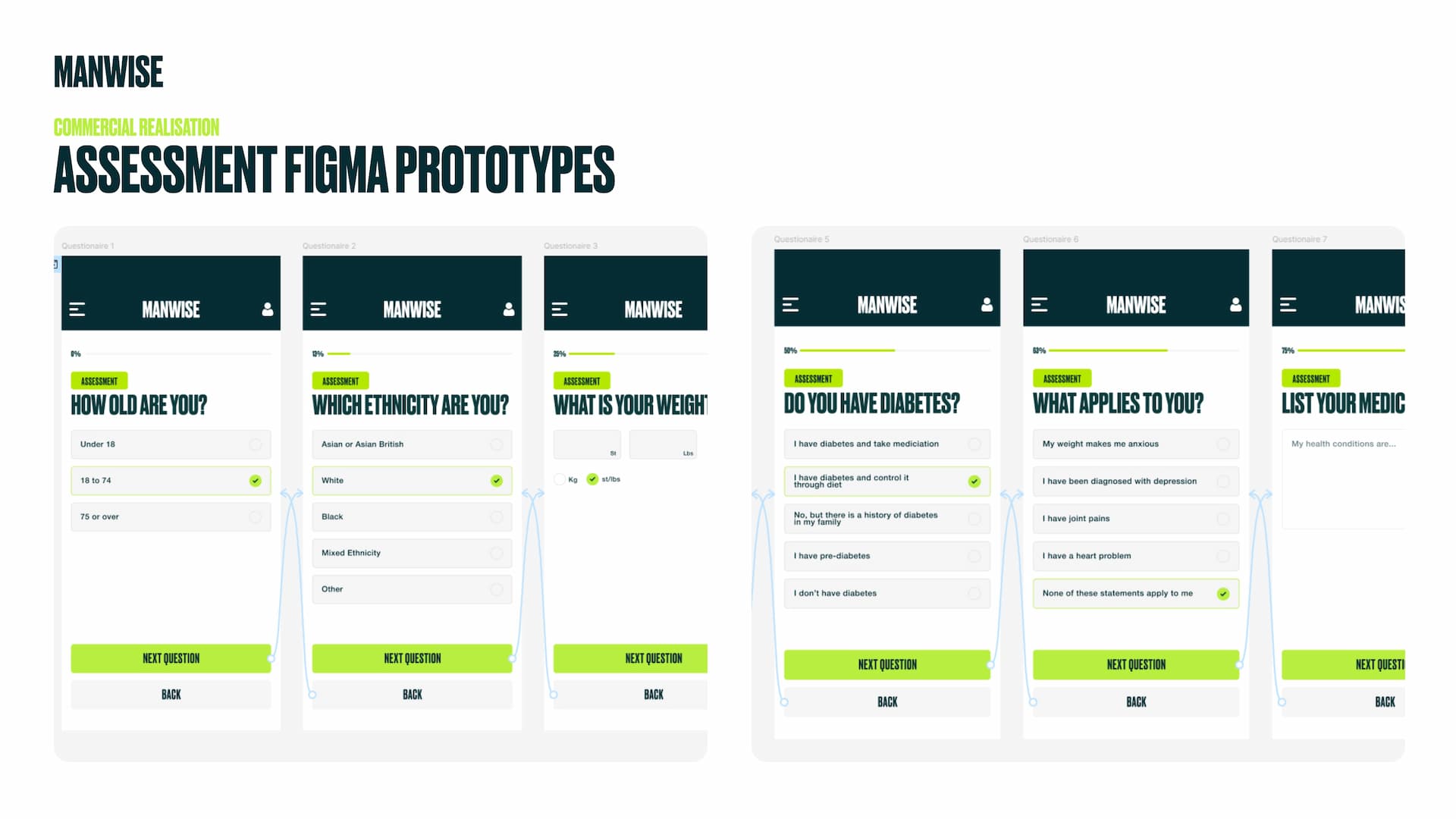
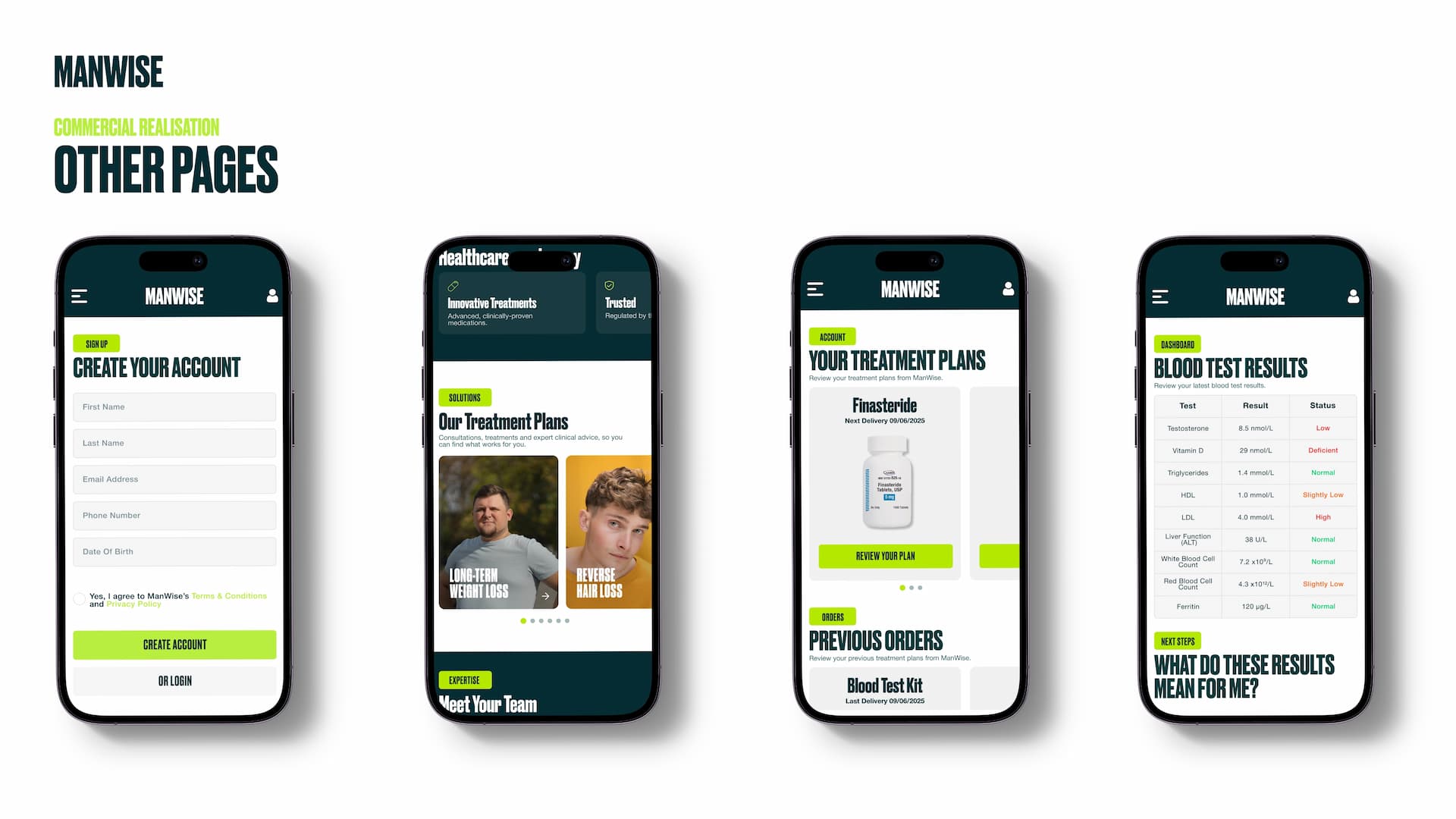
FEEDBACK & USABILITY TESTING.
- K8 – Applied user testing methods to evaluate and refine designs.
- S12 – Gathered and acted on feedback to improve user experience.
- B5 – Demonstrated accountability by seeking improvements based on user input.
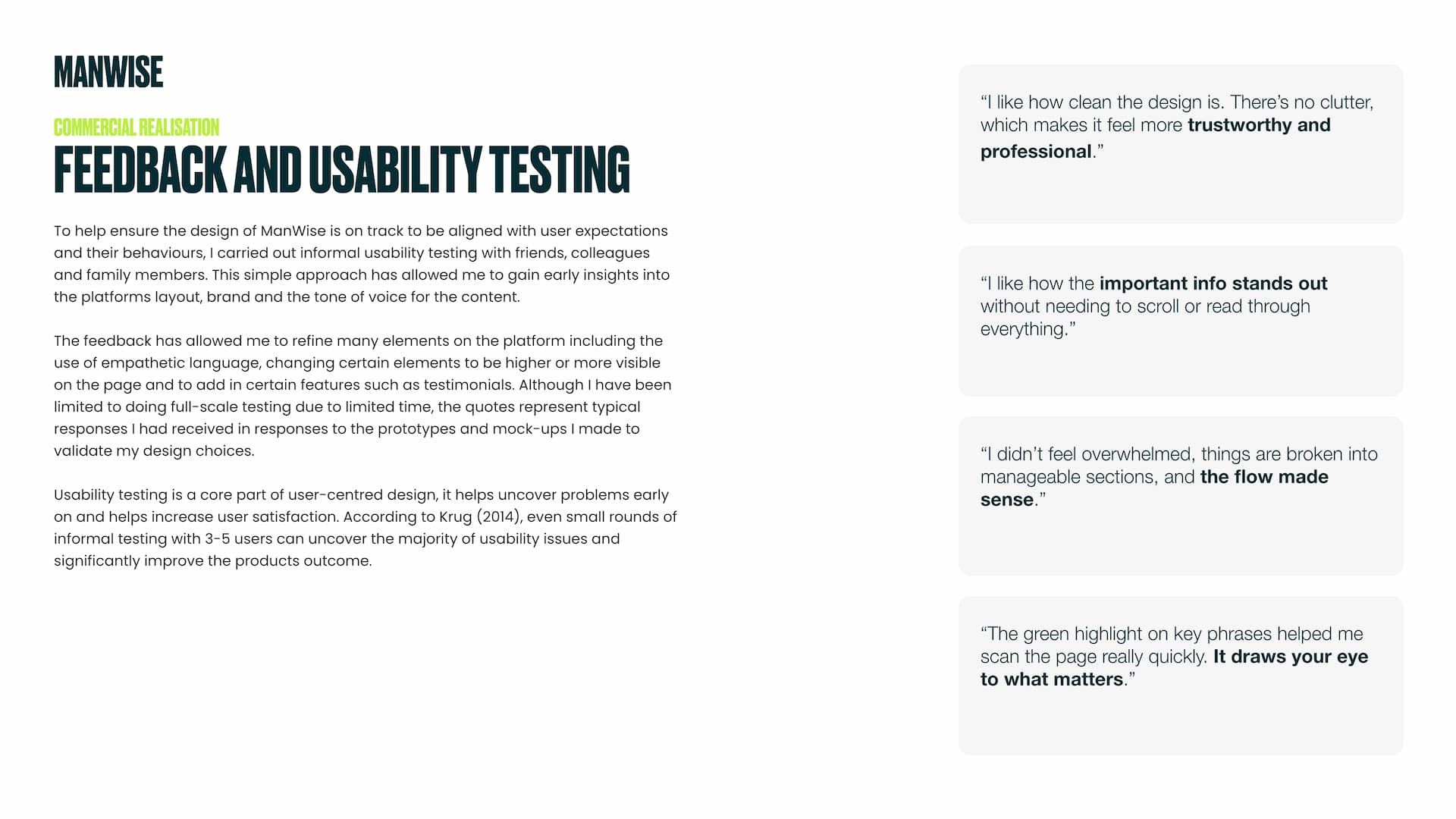
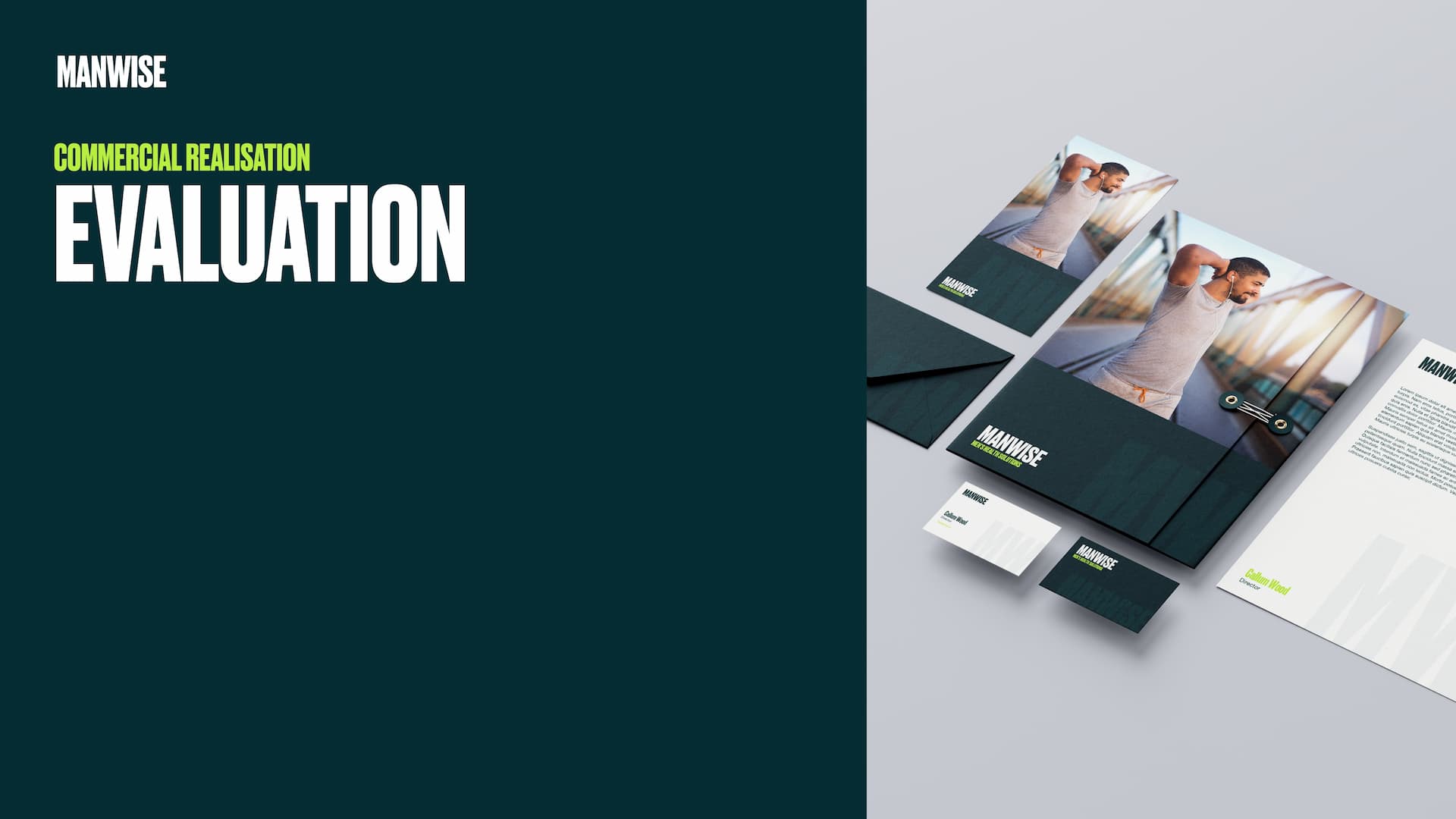
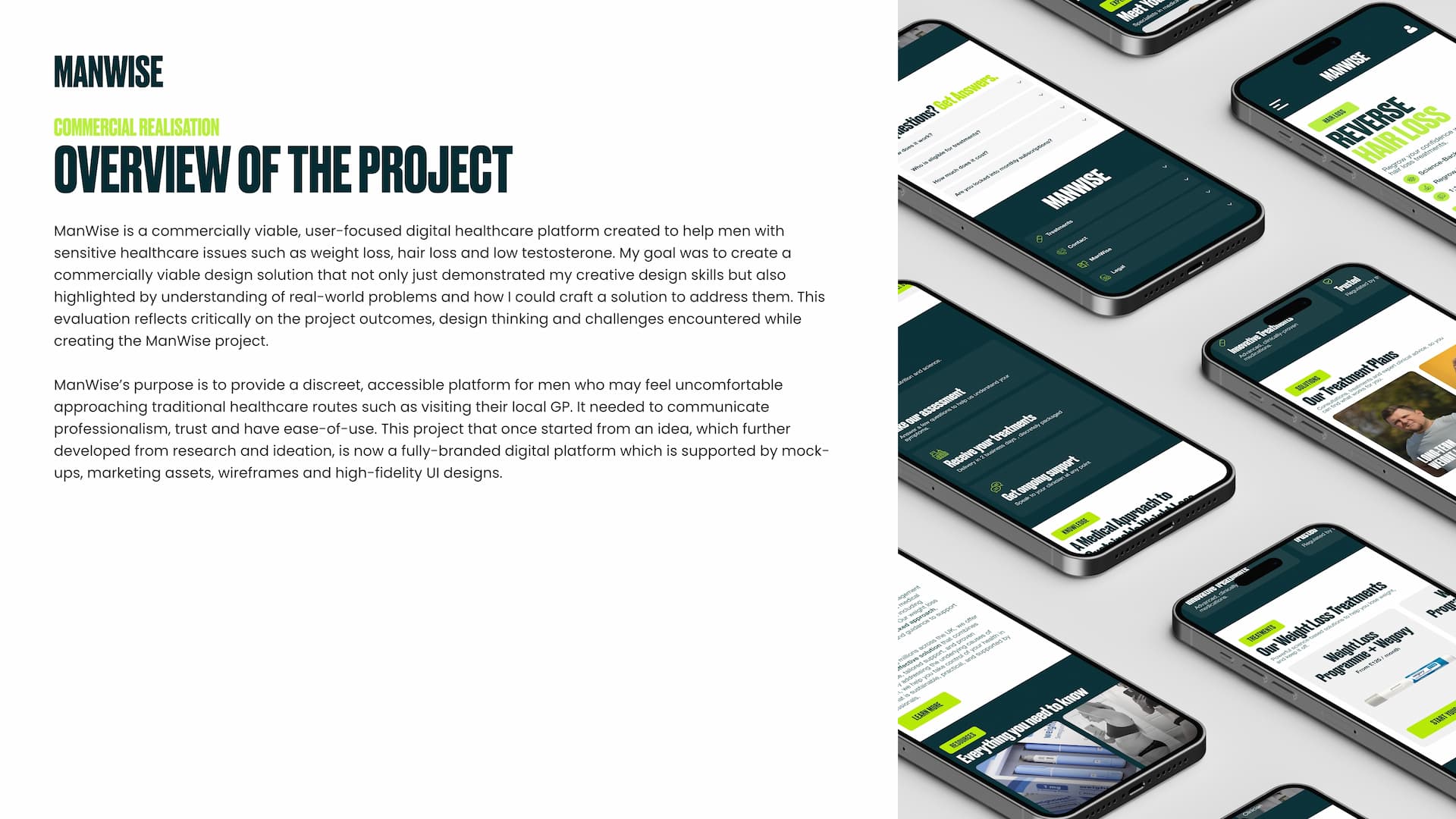
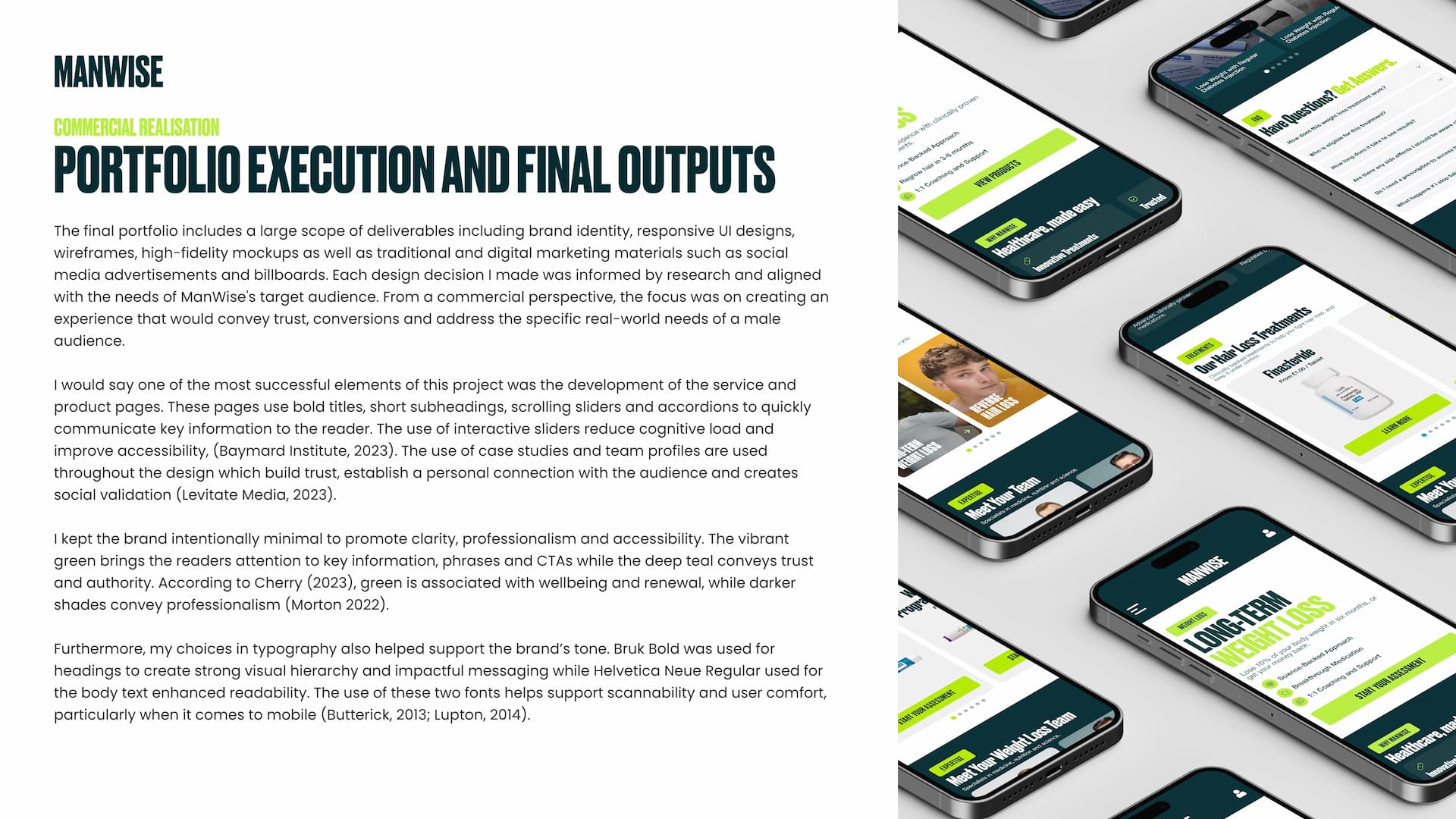
FEEDBACK & USABILITY TESTING.
- K17 – Adapted to new tools (Figma) and learned new software features.
- S5 – Applied problem-solving while transitioning design tools.
- B5 – Took responsibility for self-directed learning.
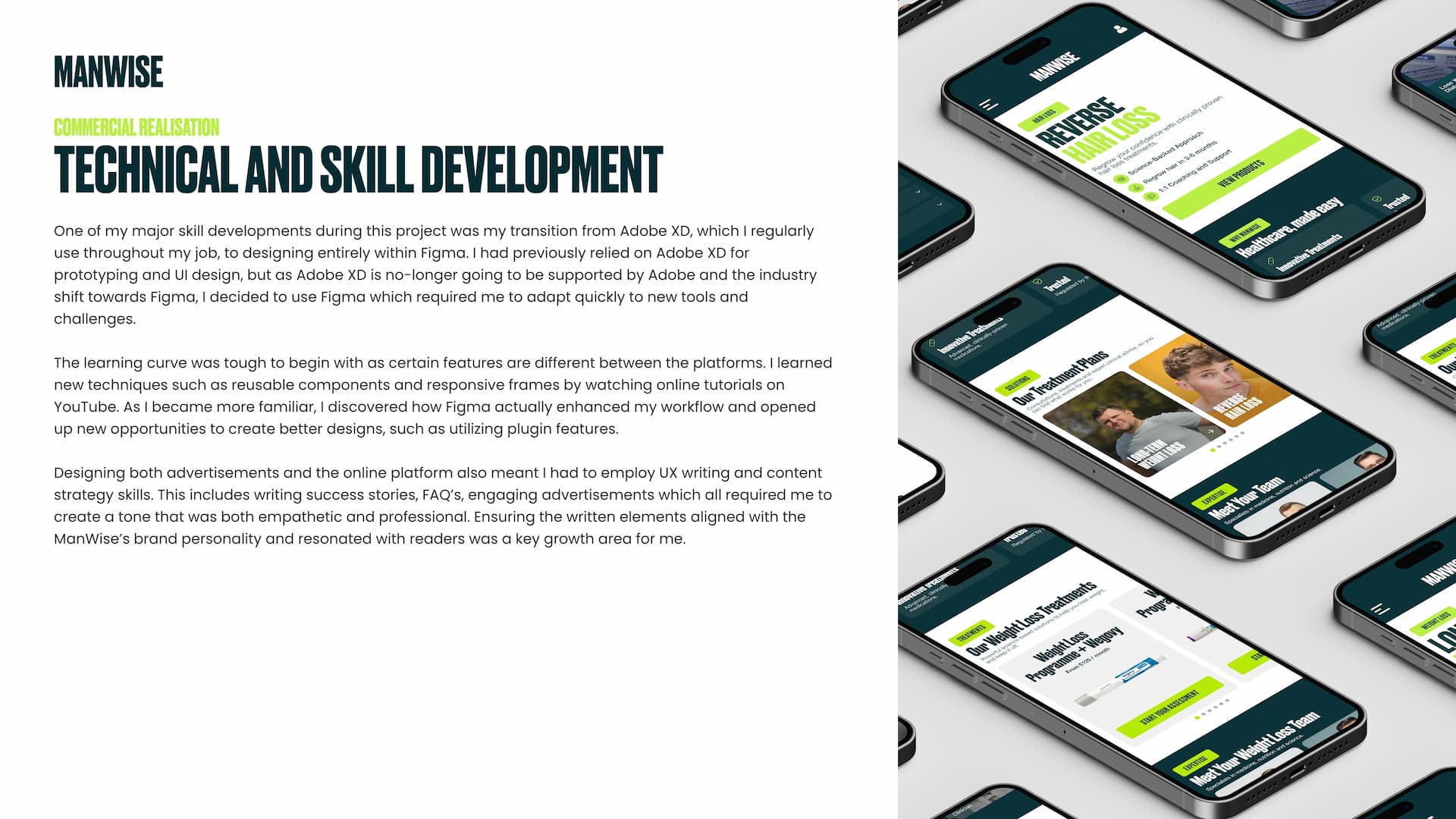
RESEARCH & STRATEGY.
- K7 – Considered market positioning and business strategy.
- S8 – Analysed competitor platforms to inform unique design decisions.
- B1 – Demonstrated curiosity through thorough research and competitor analysis.
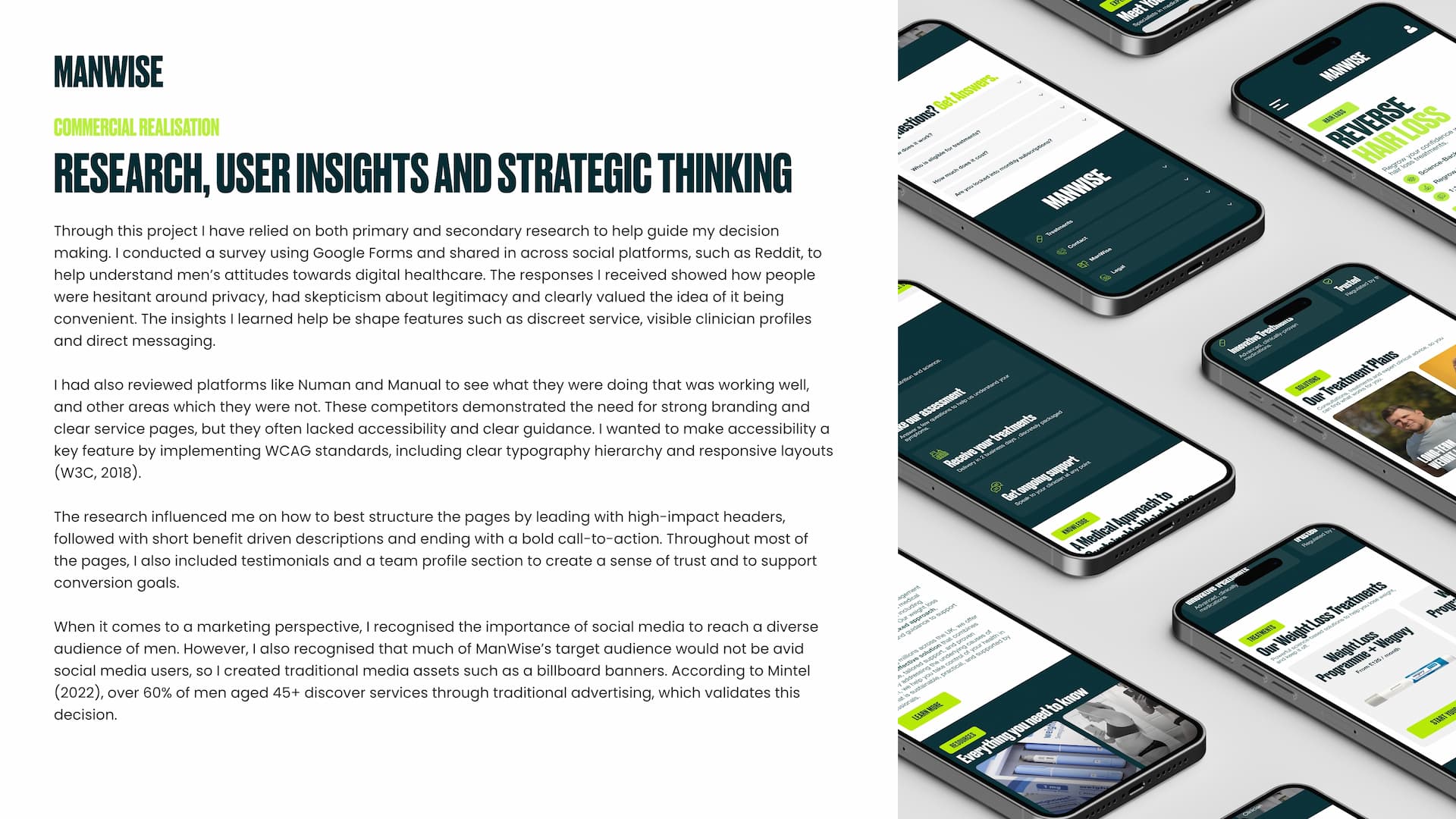
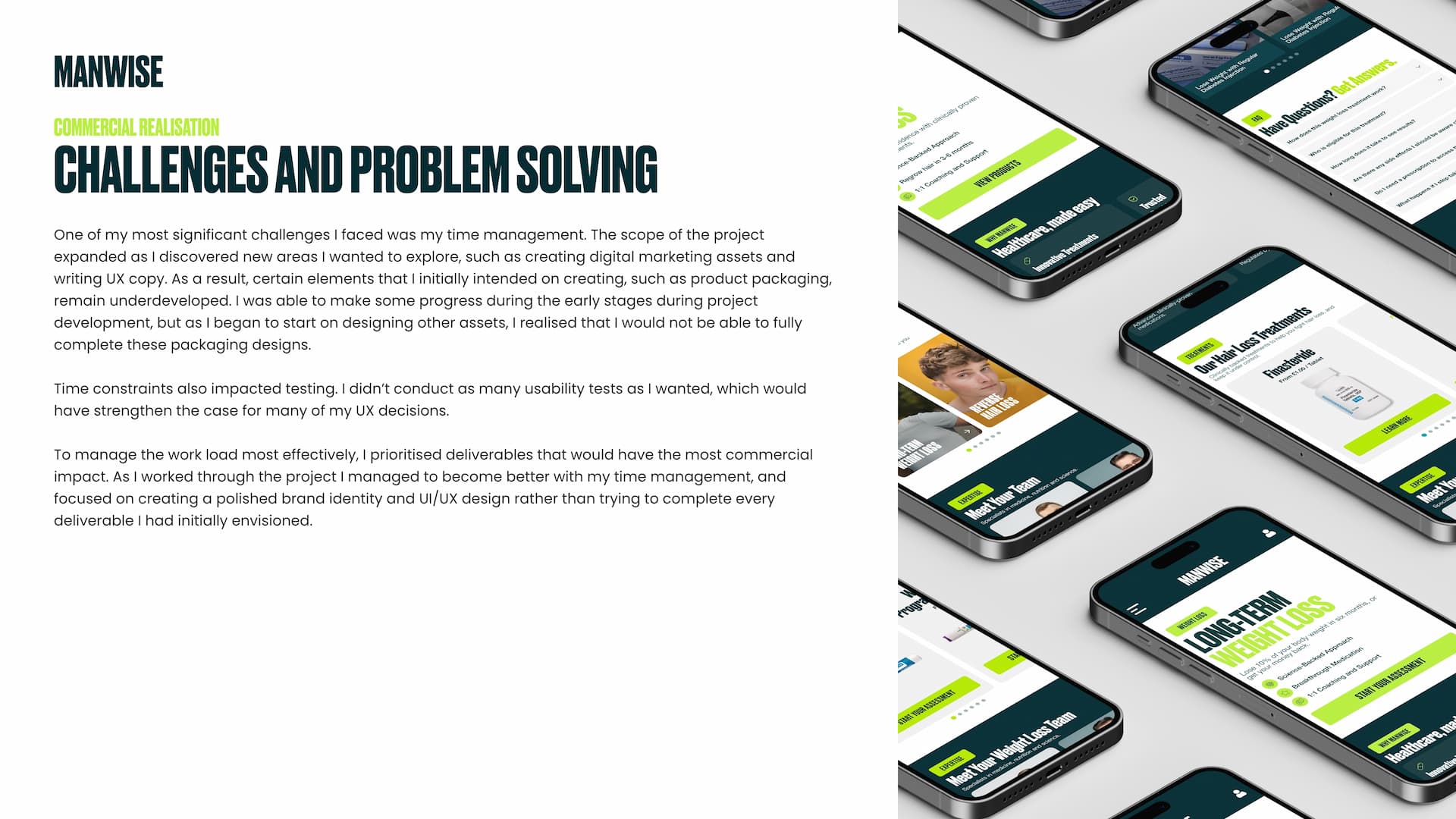
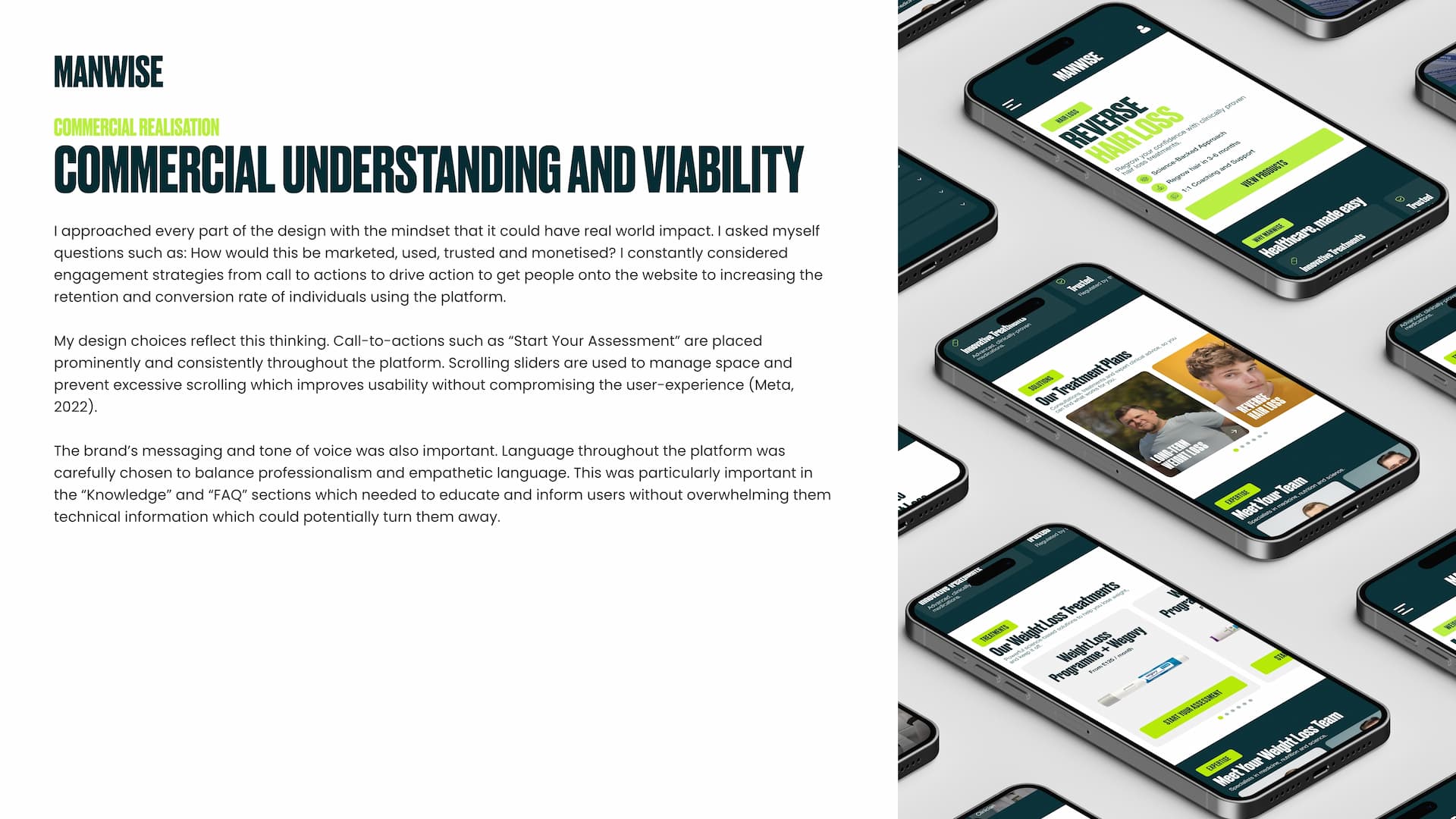

REFLECTION.
- K16 – Reflected on industry practices and trends to identify areas for improvement.
- B2 – Took initiative to reflect on challenges and identify future improvements.
- B5 – Took ownership of your personal development and commercial focus.
